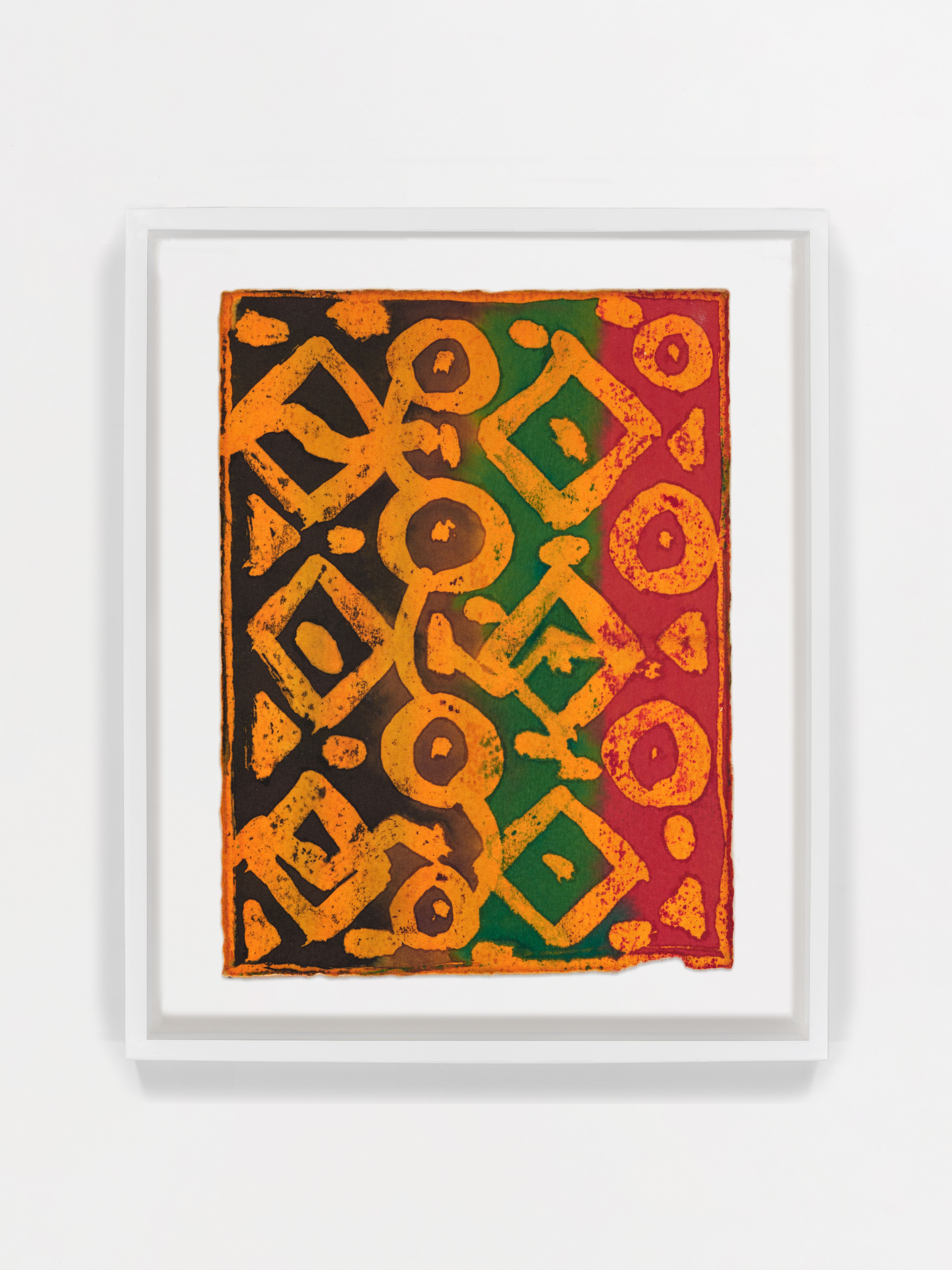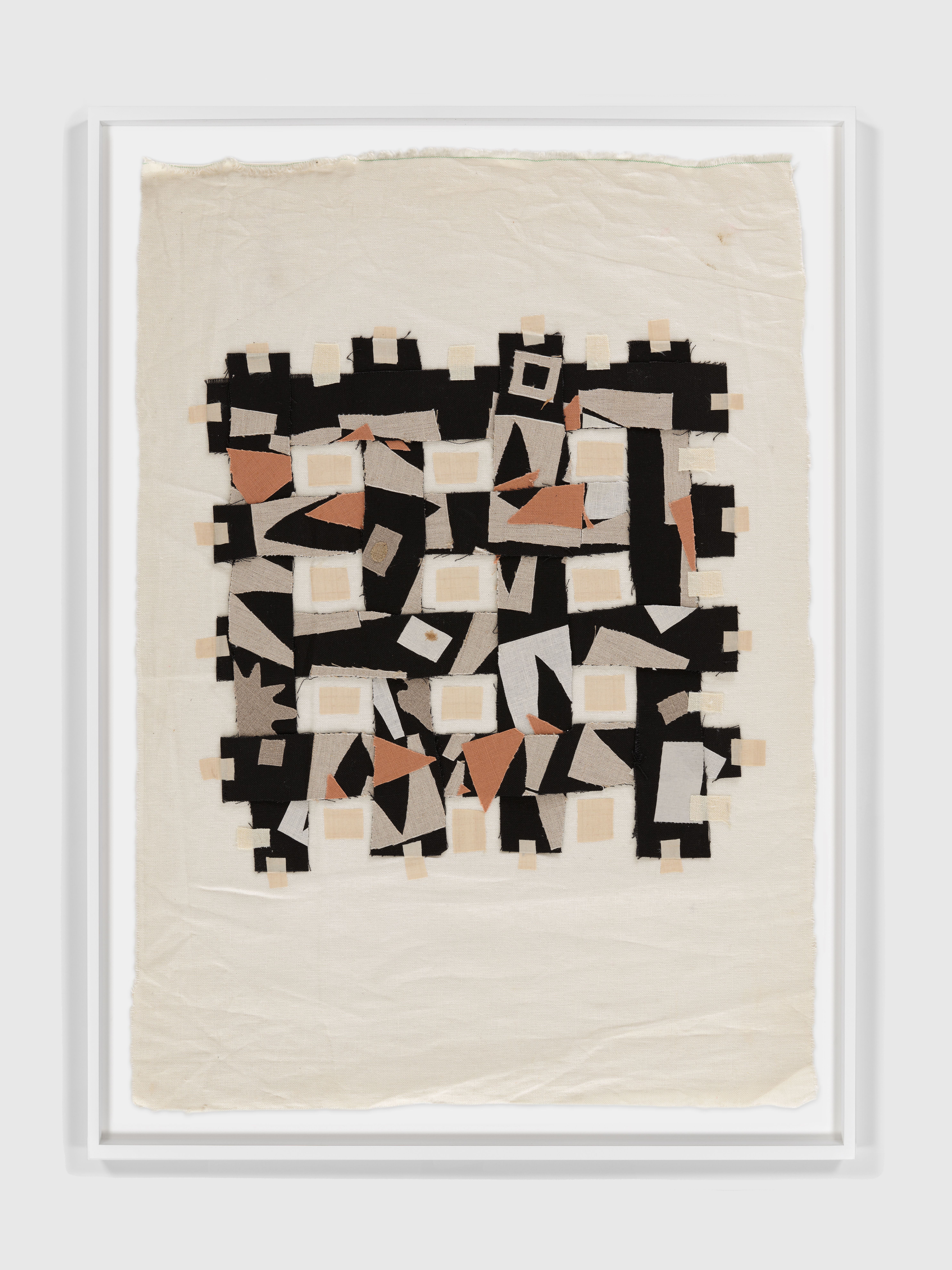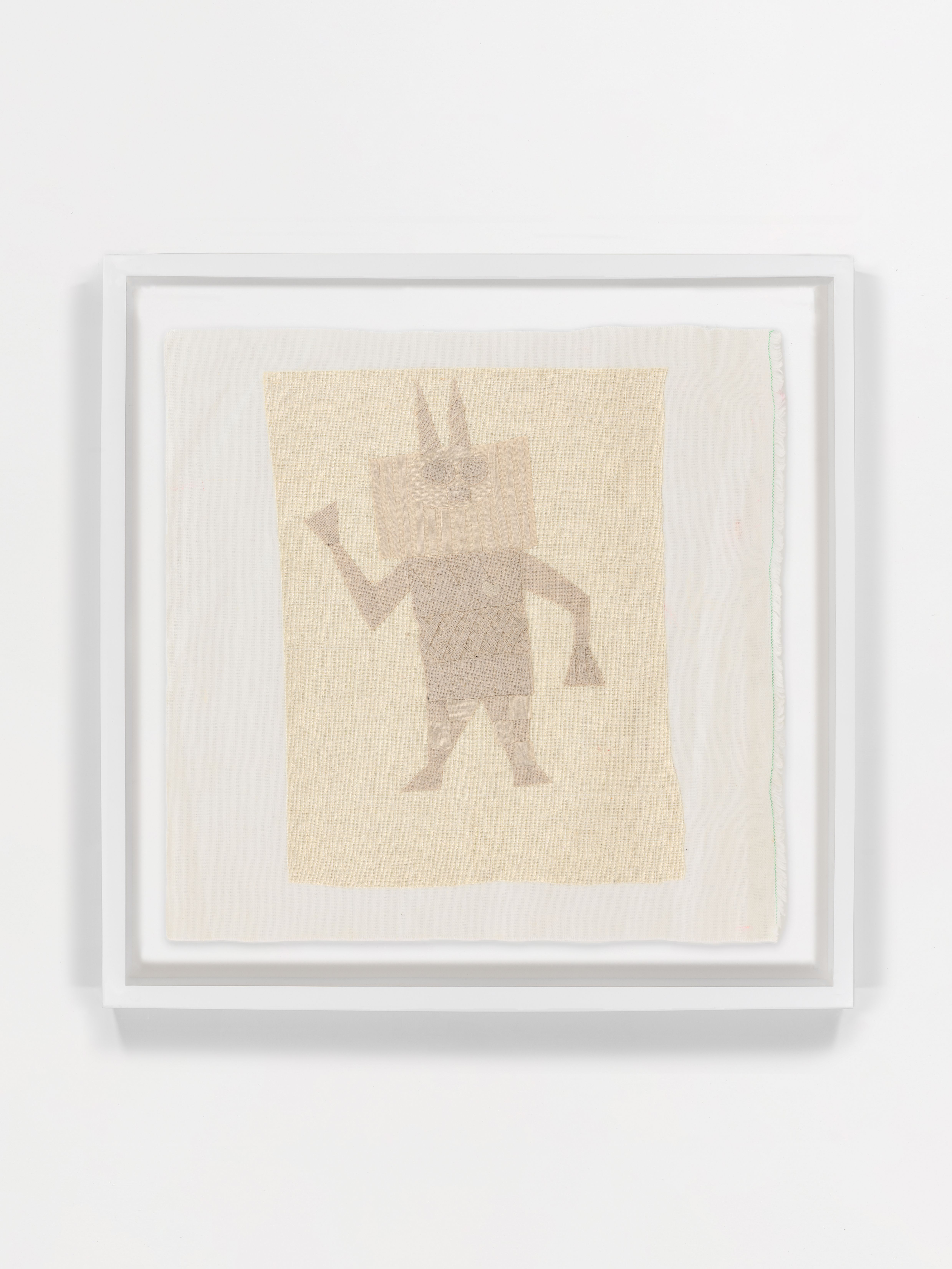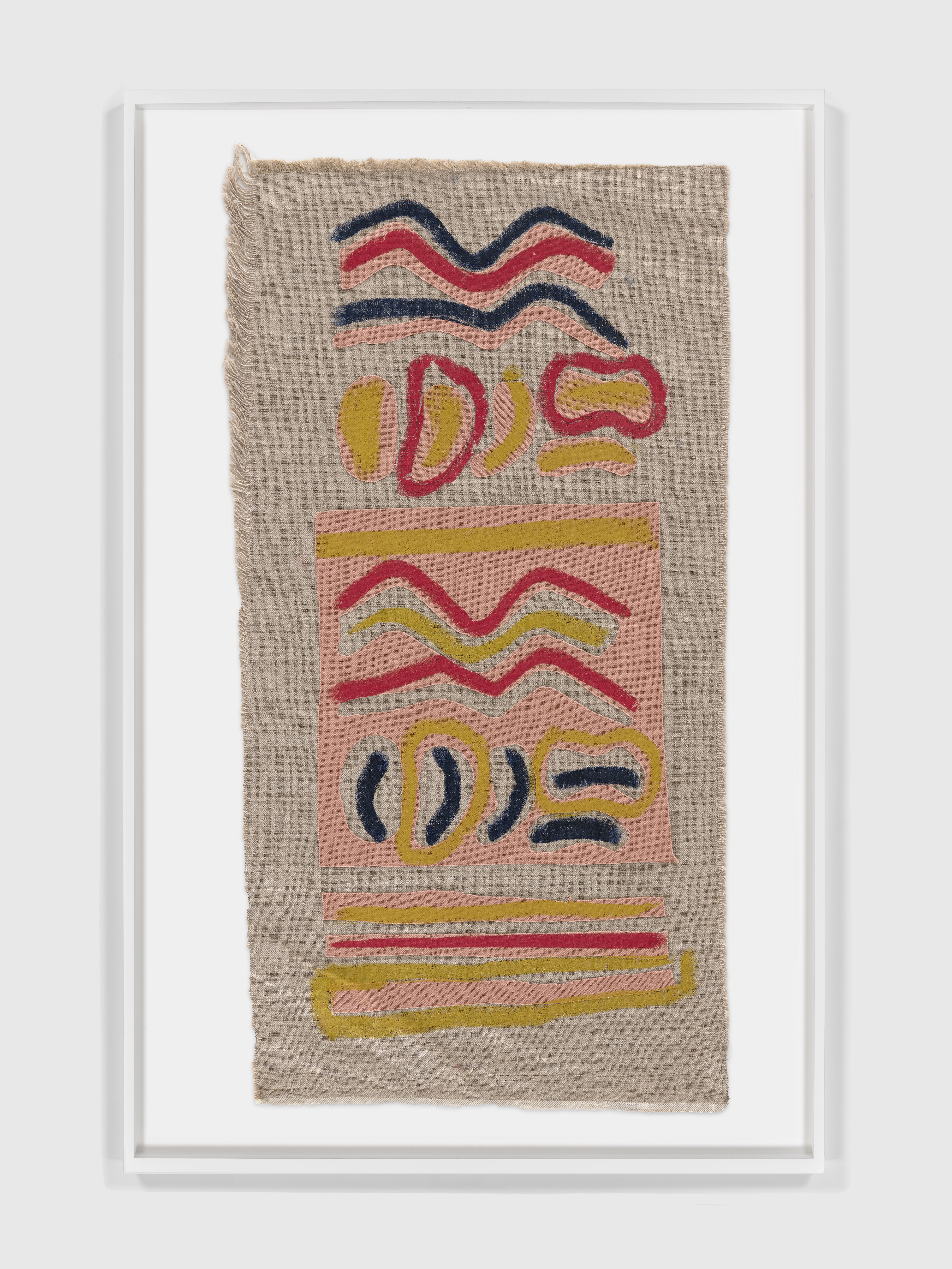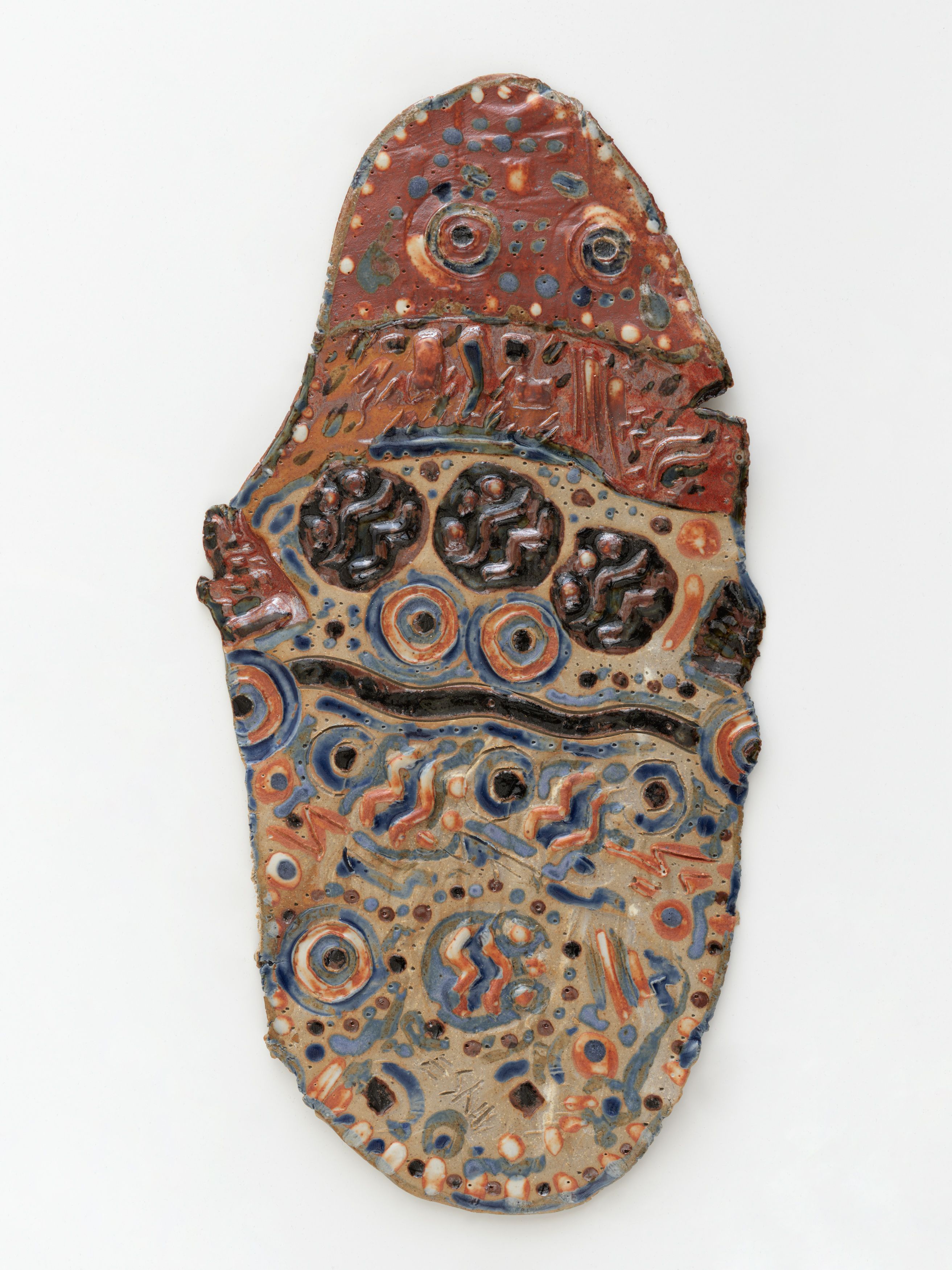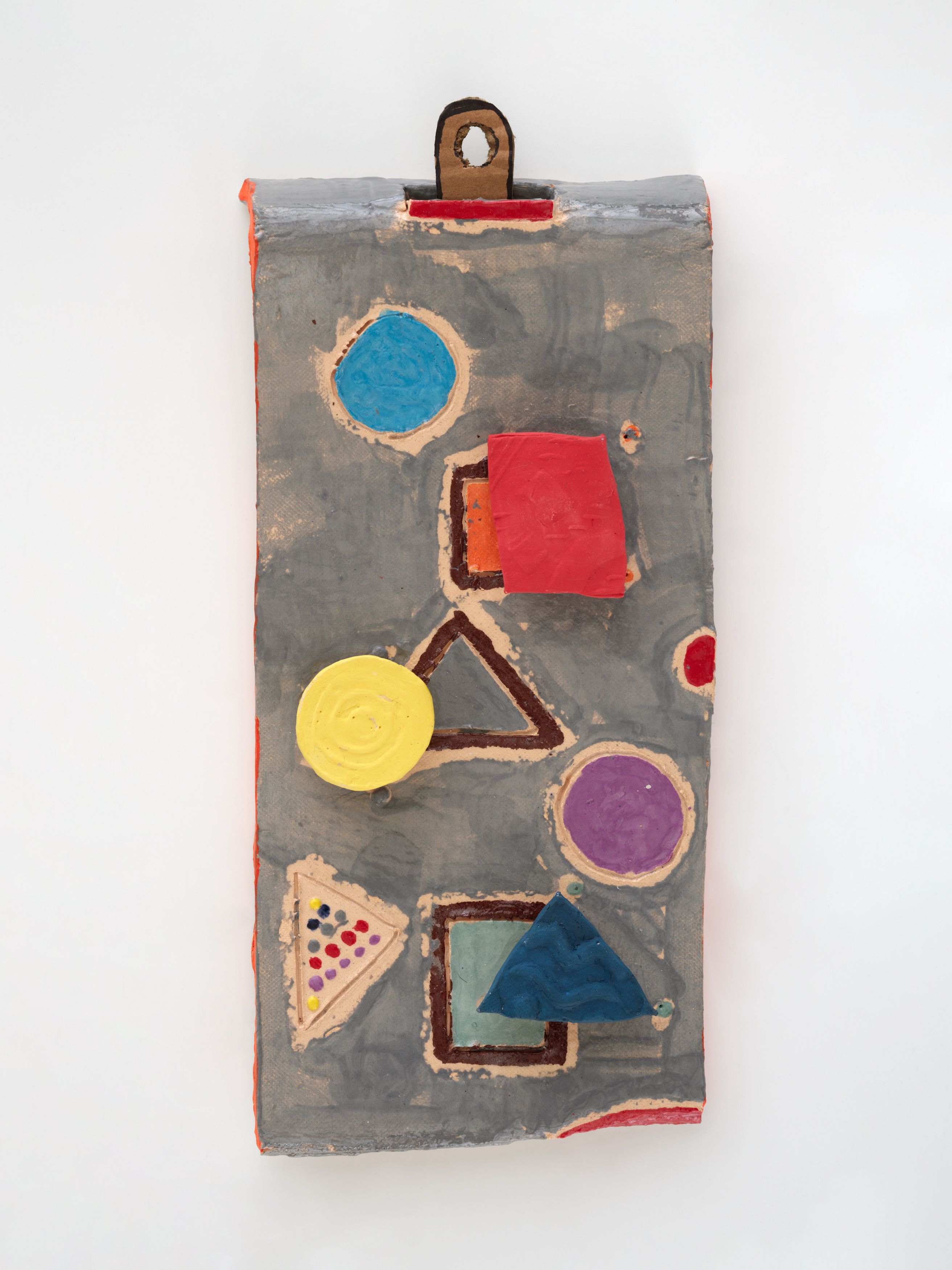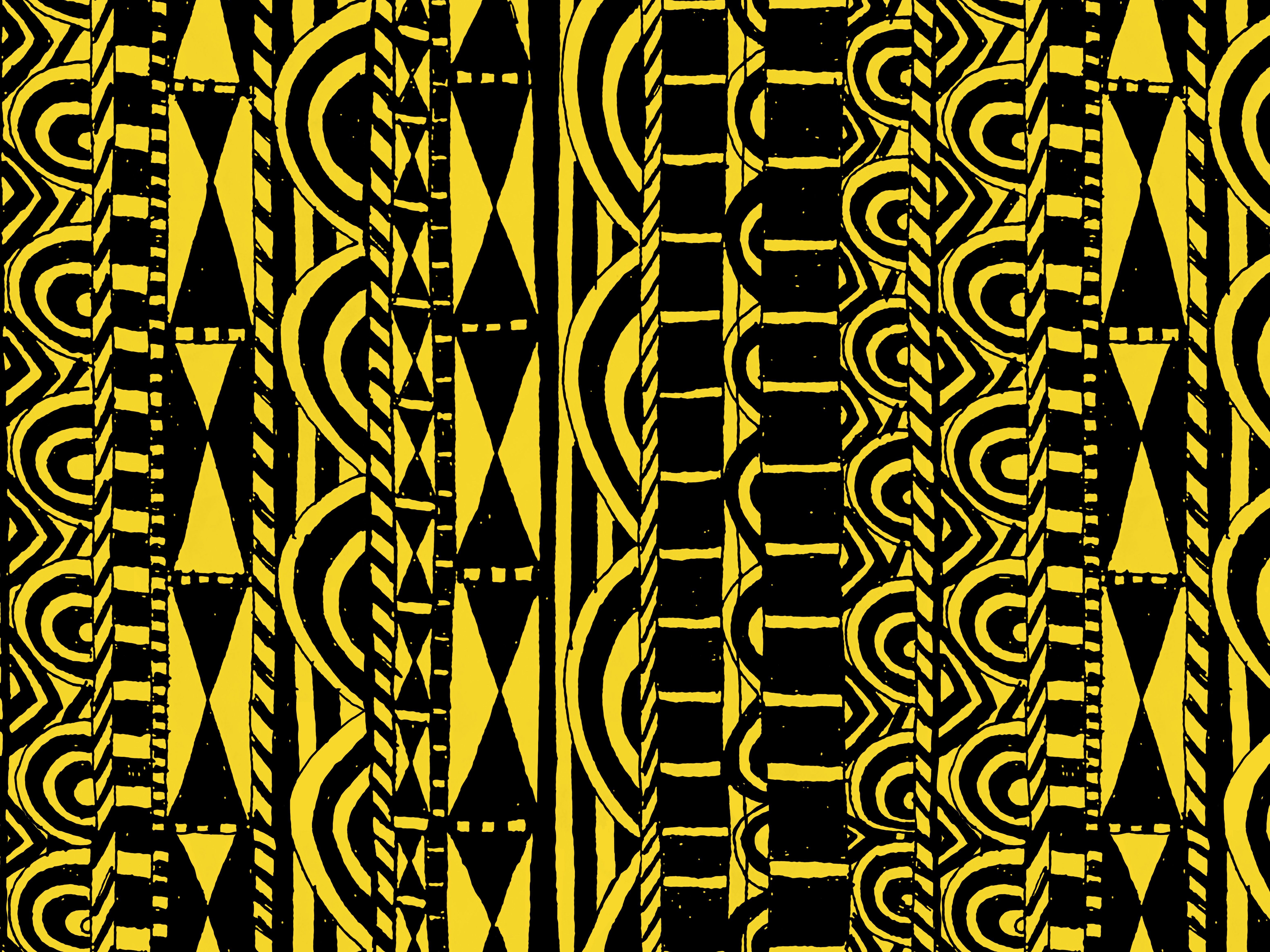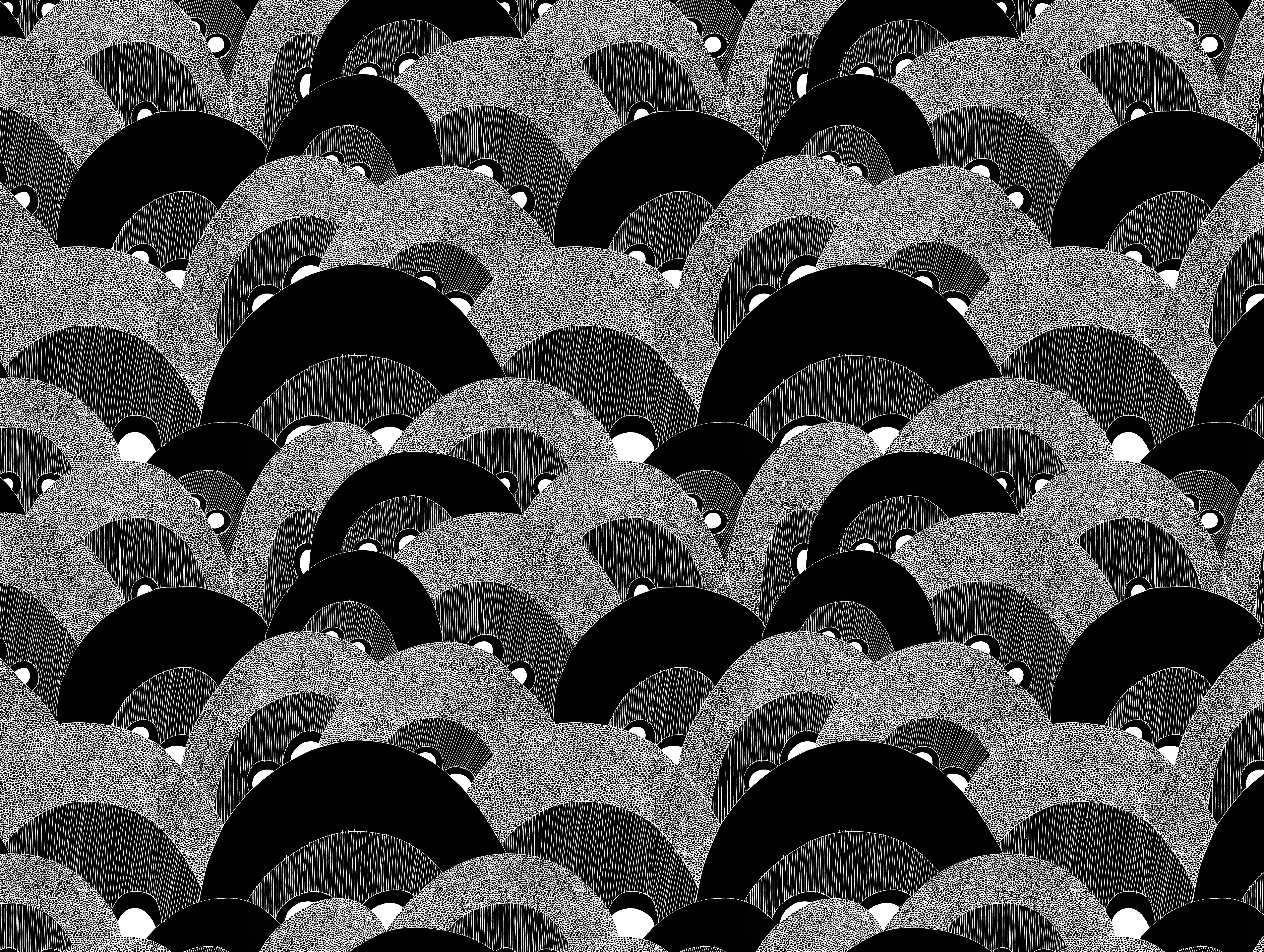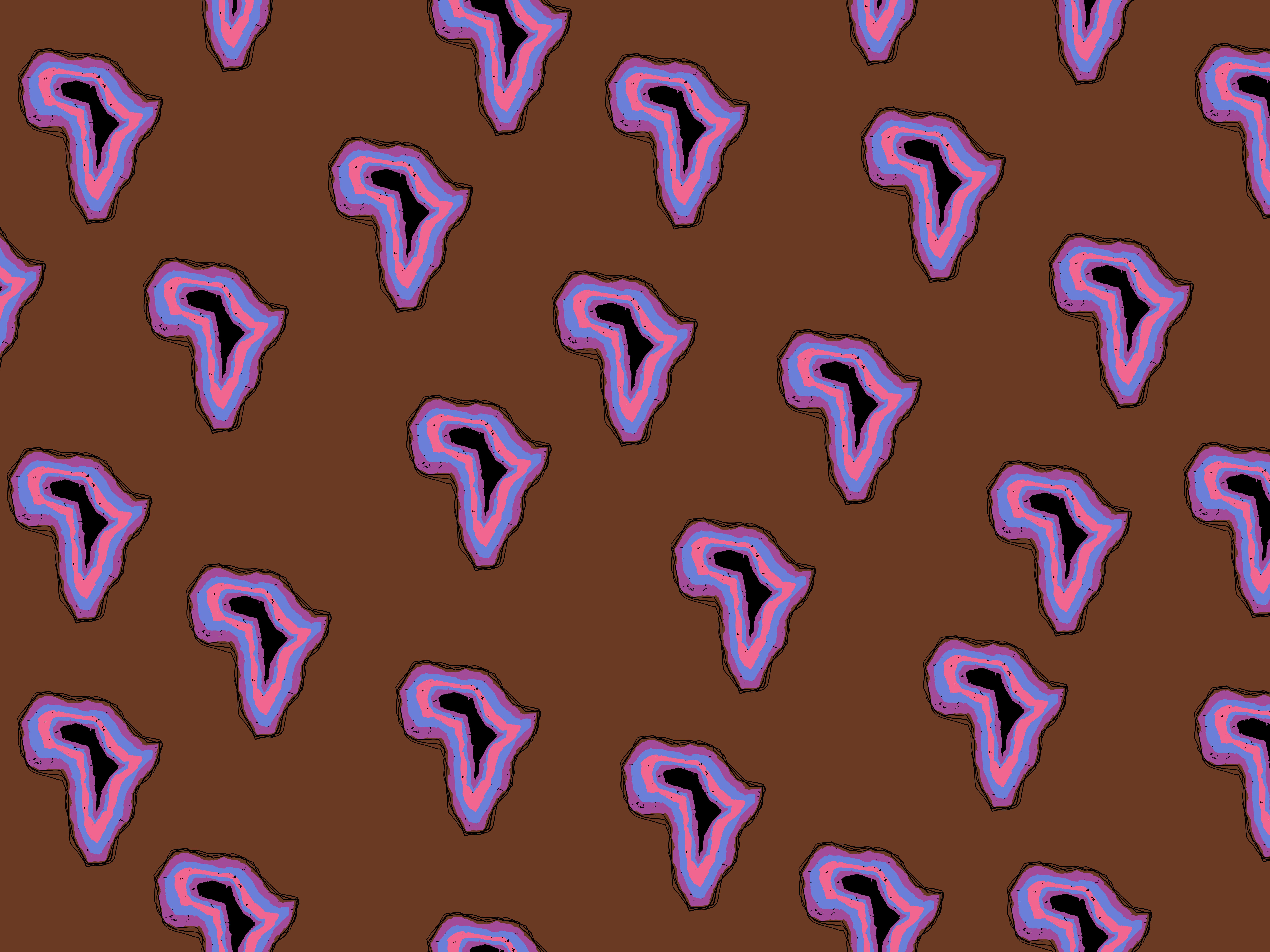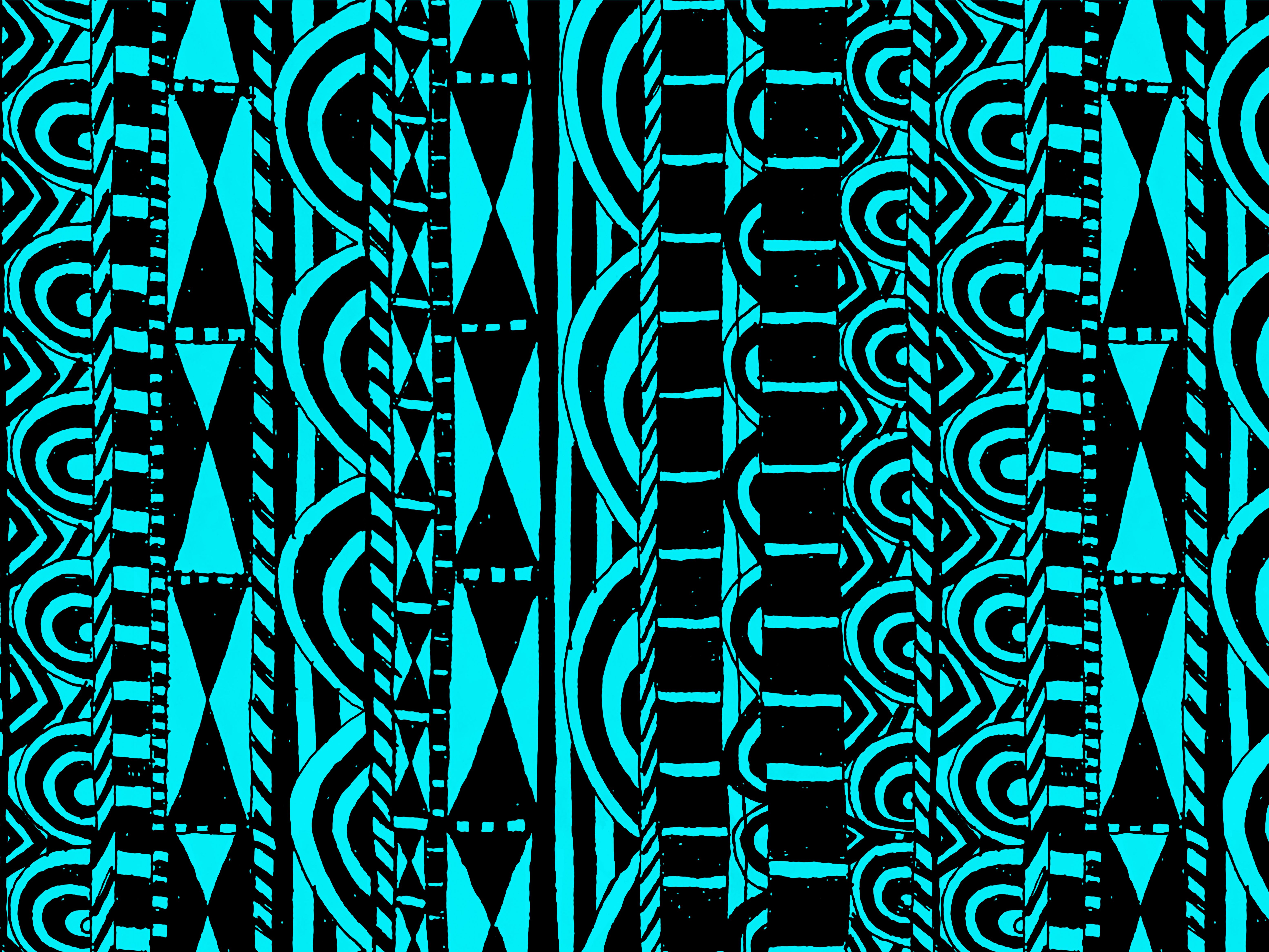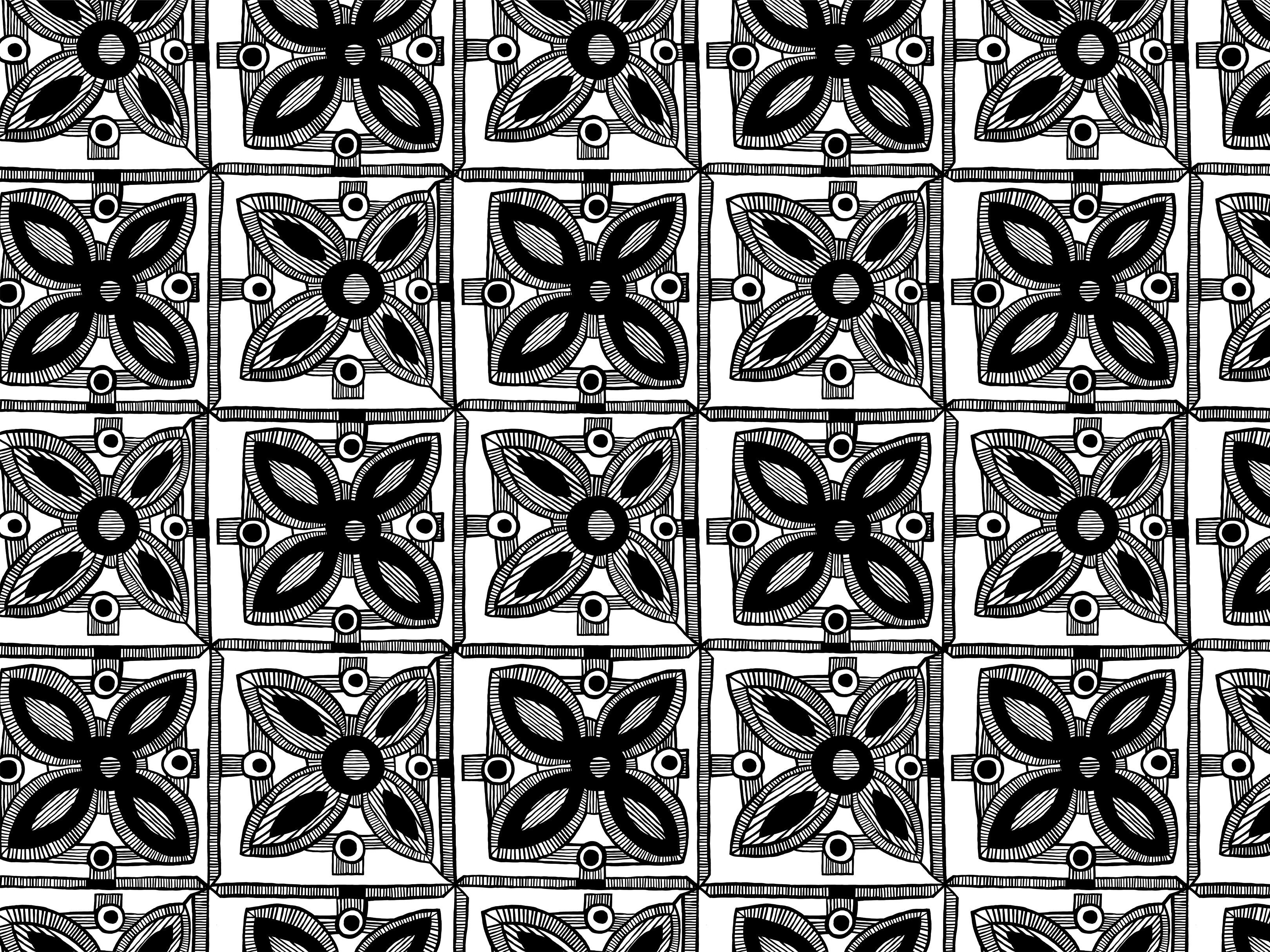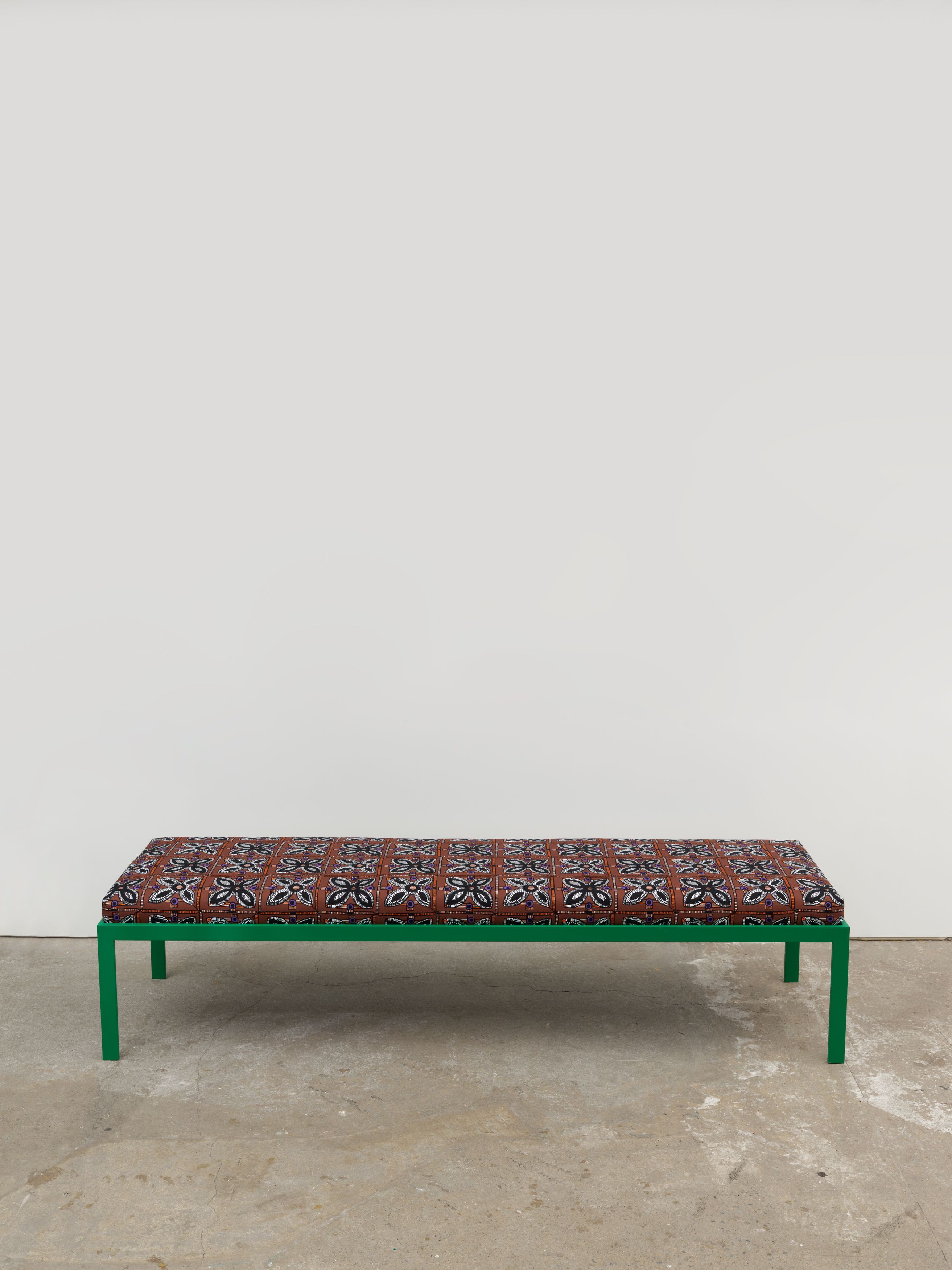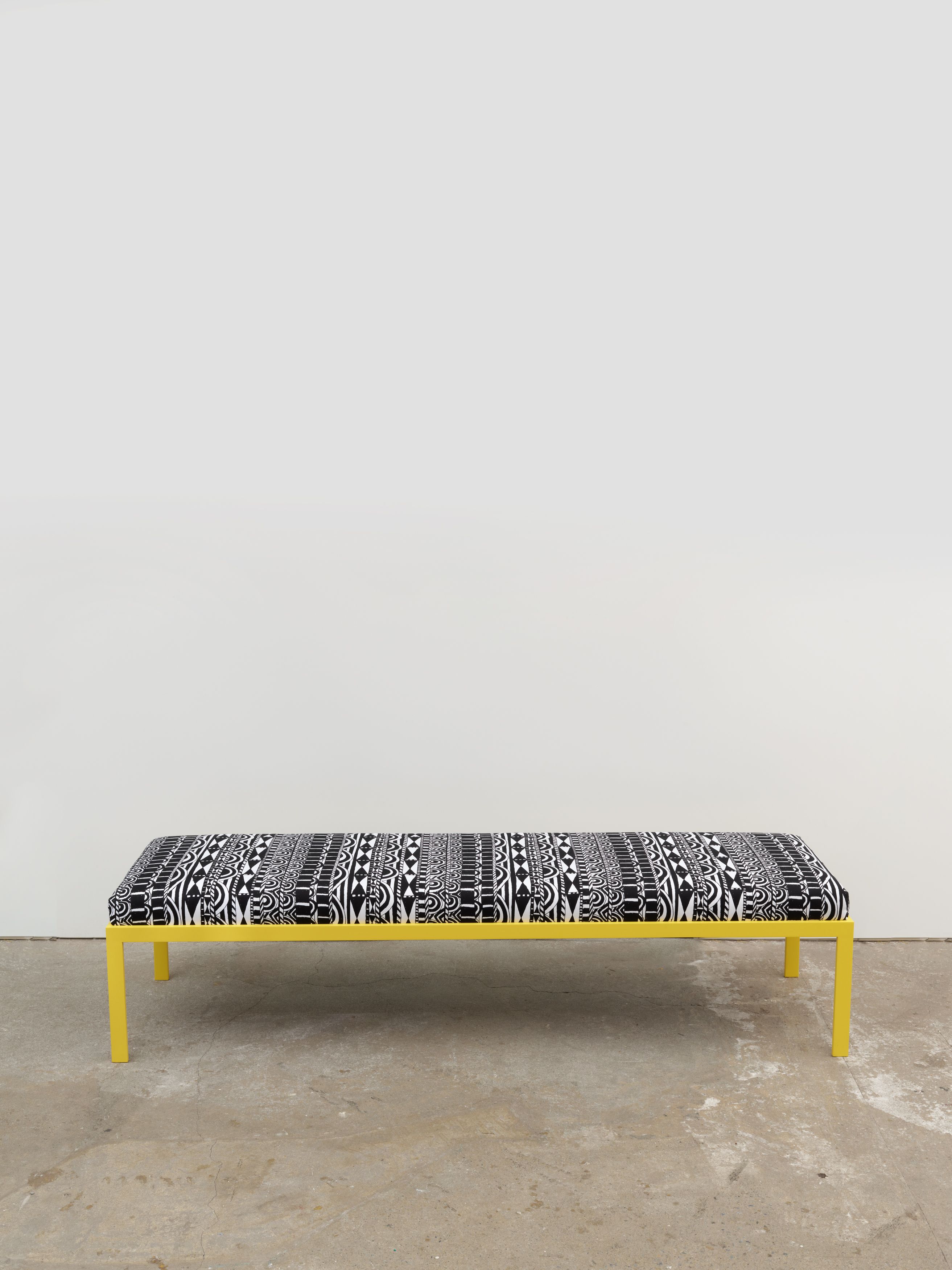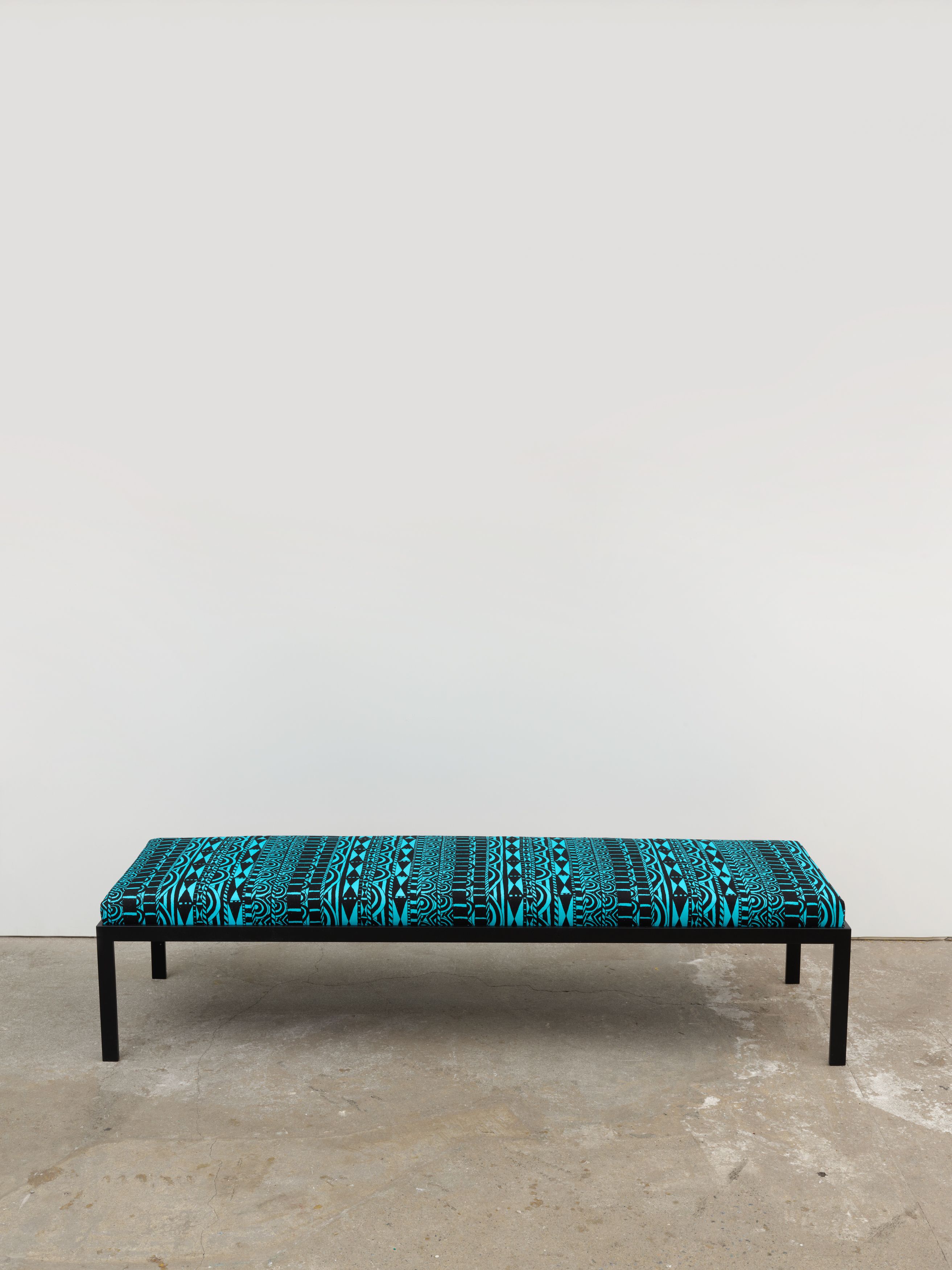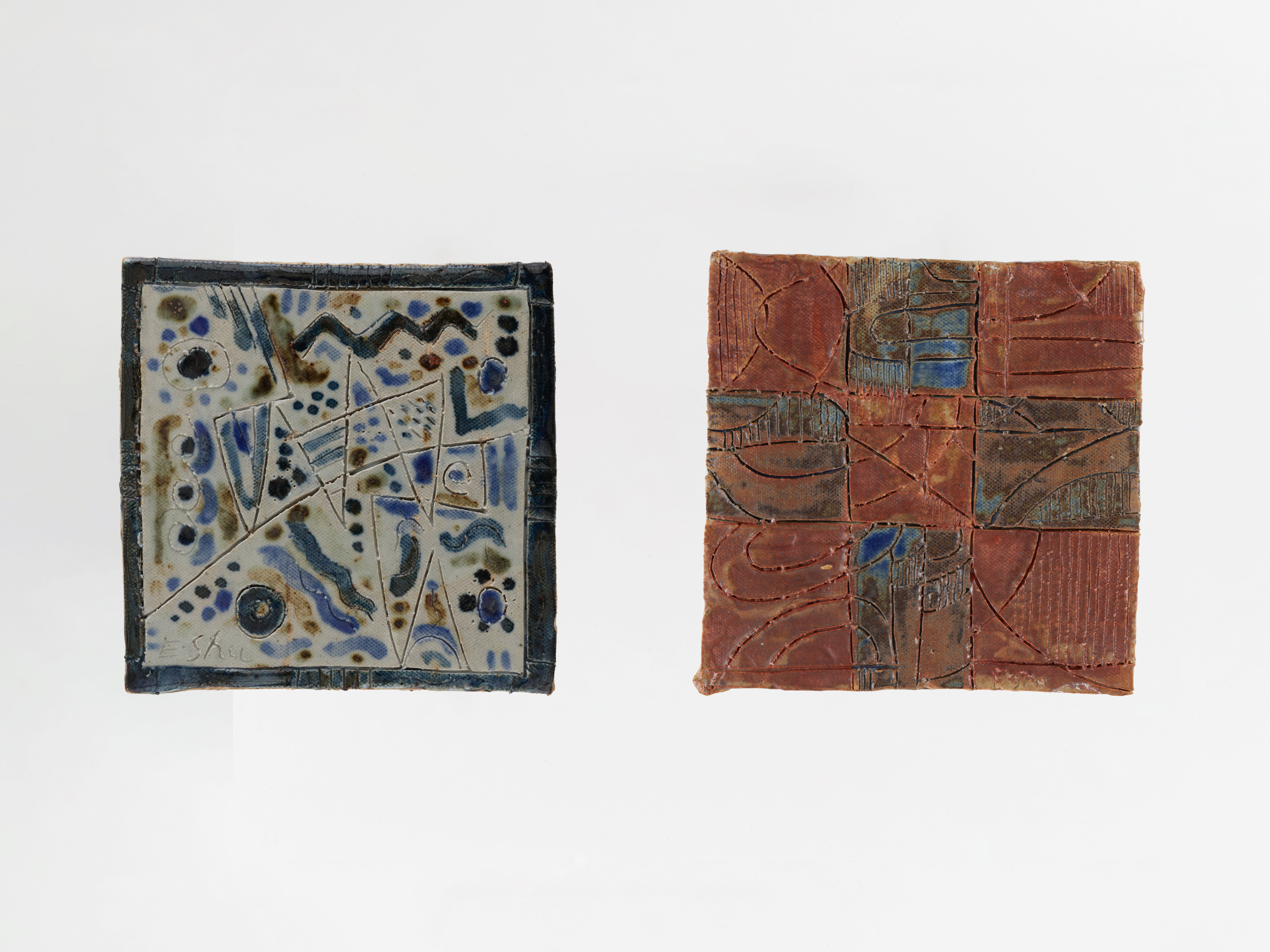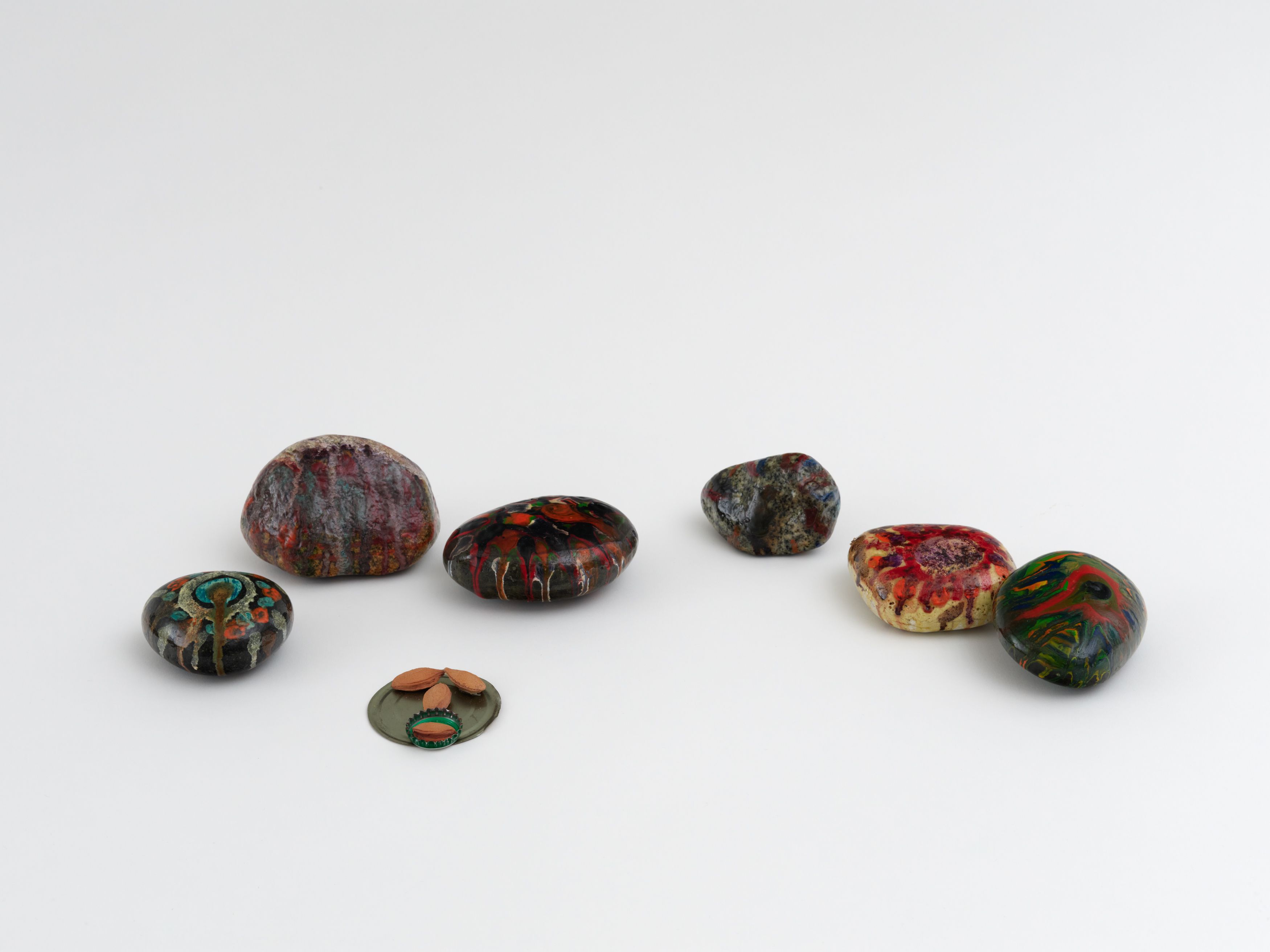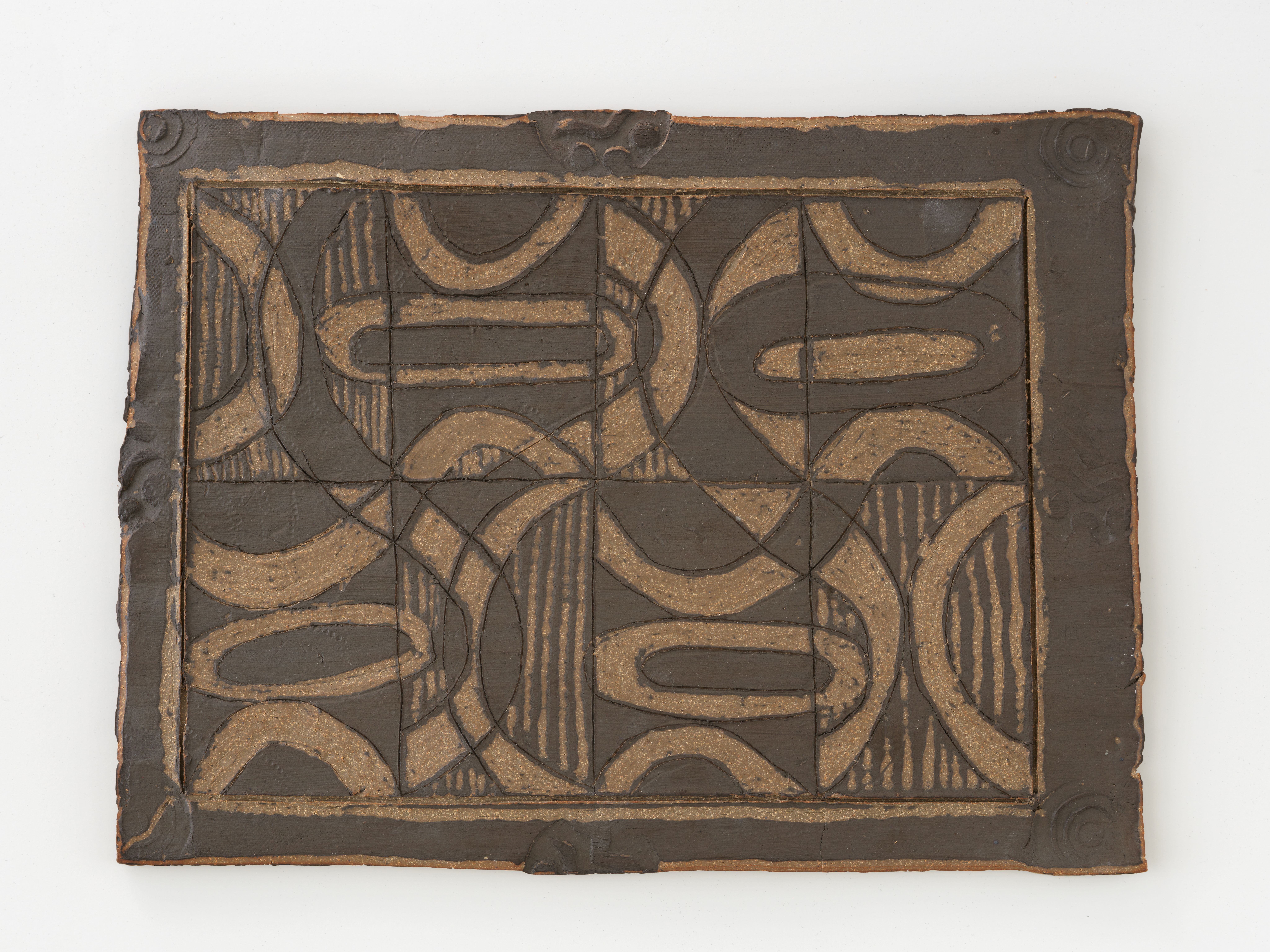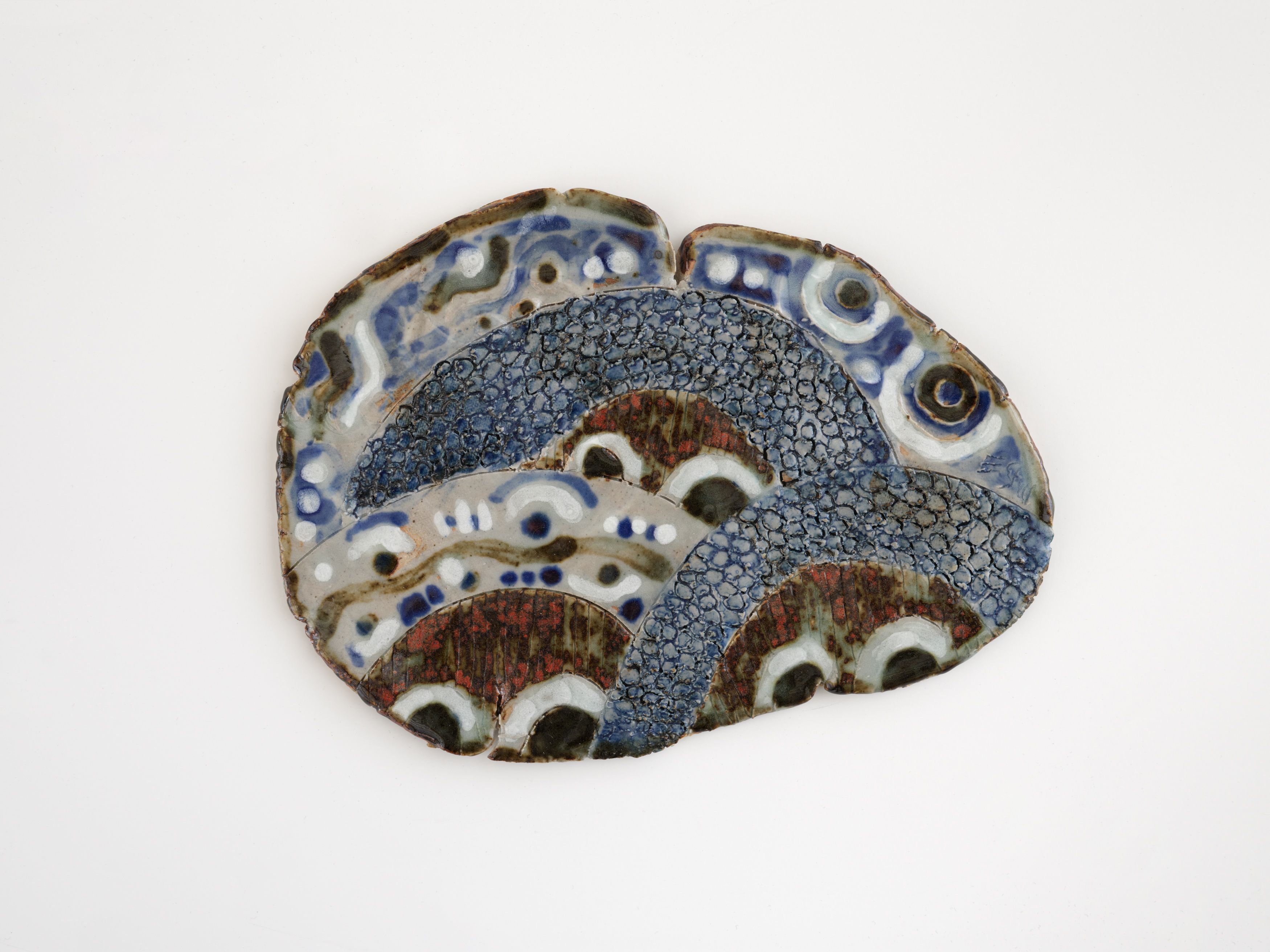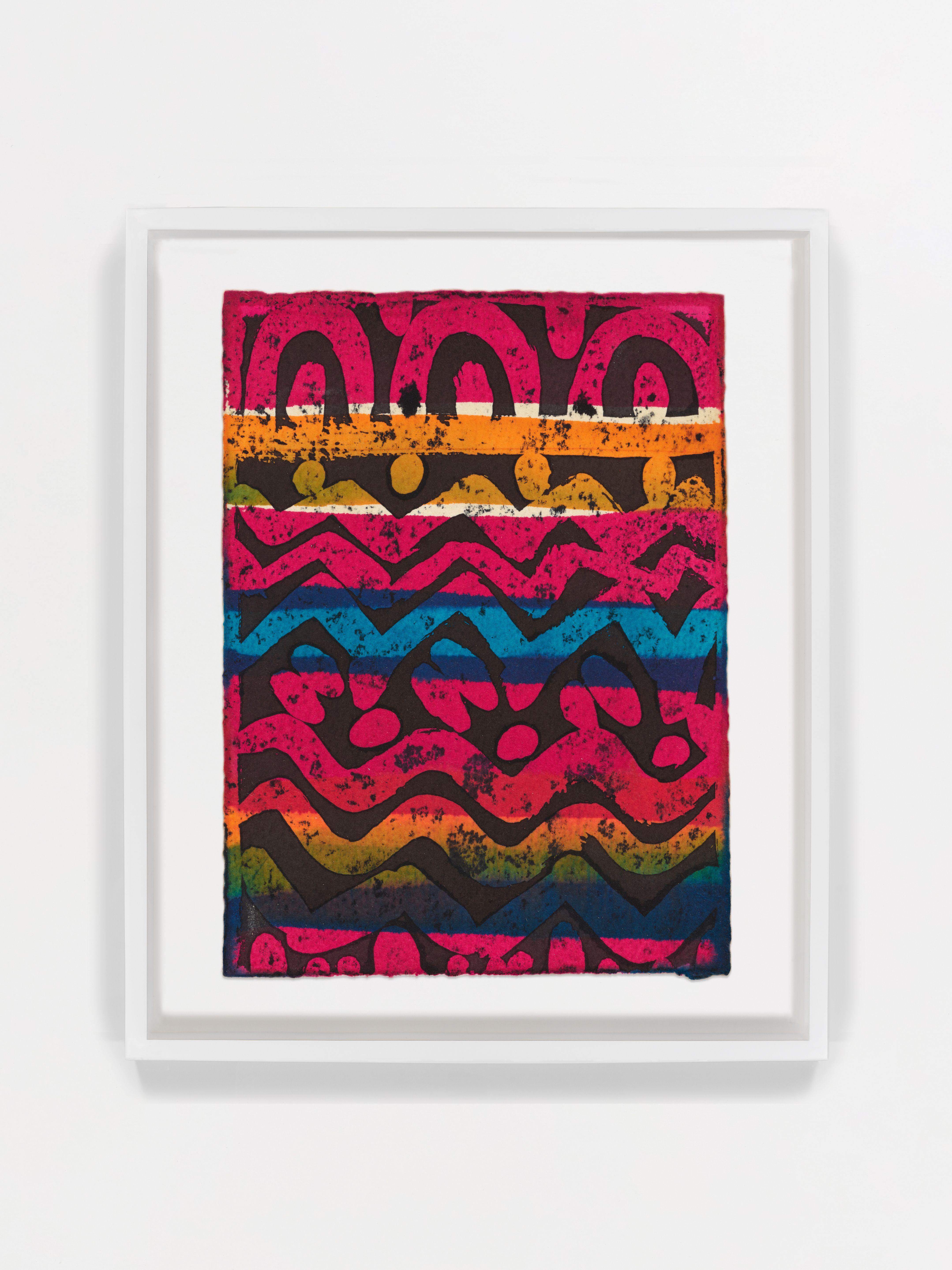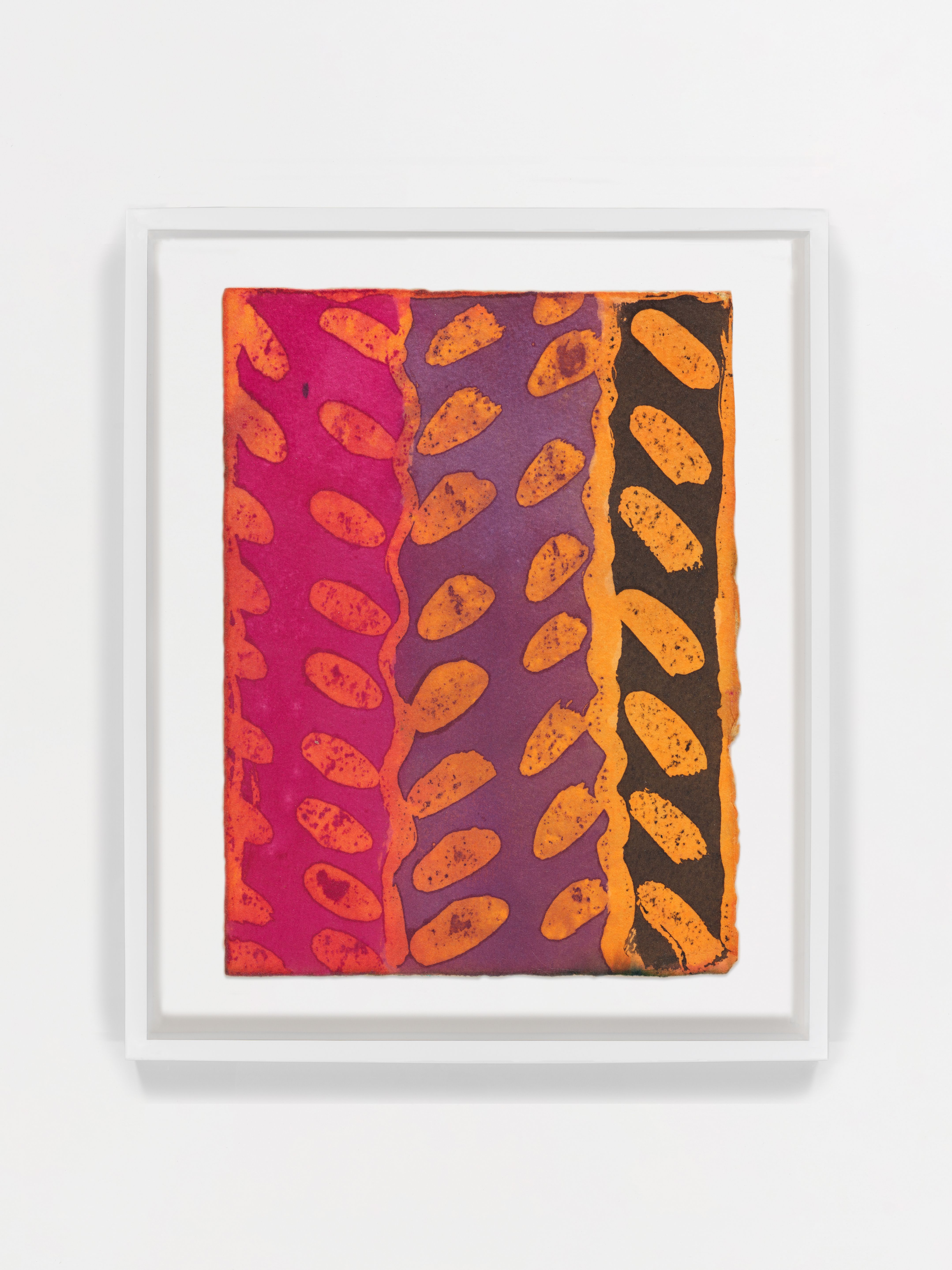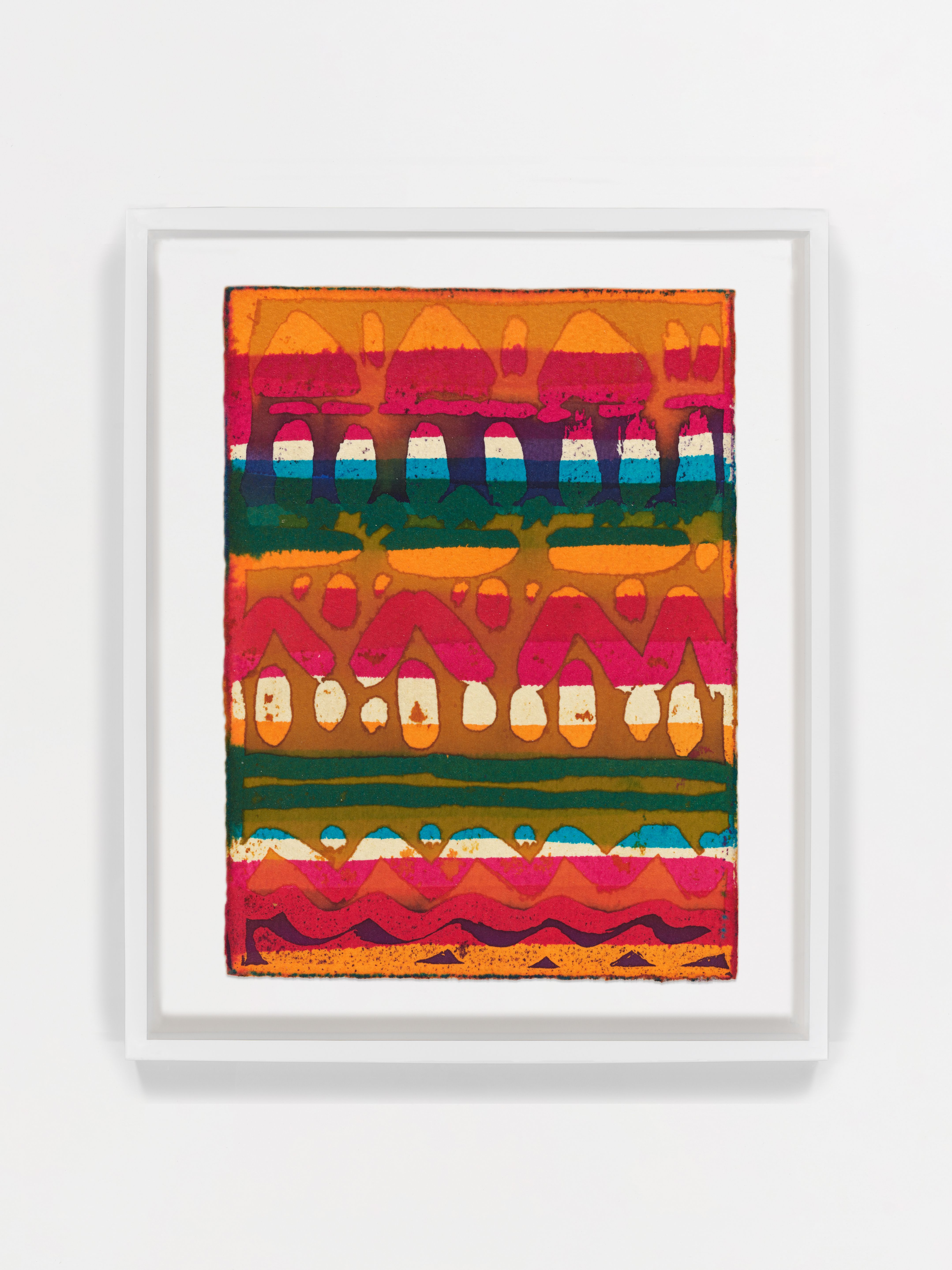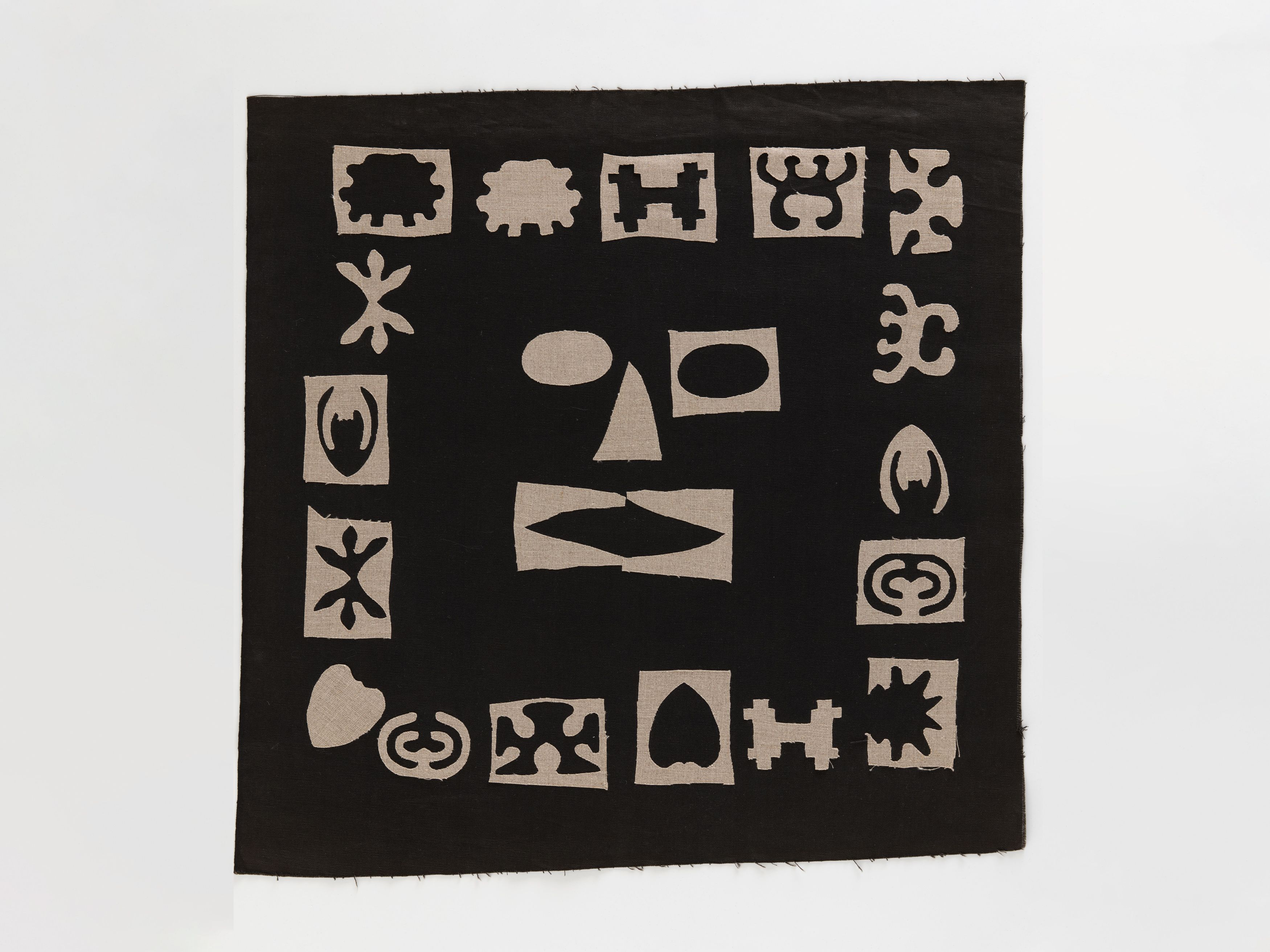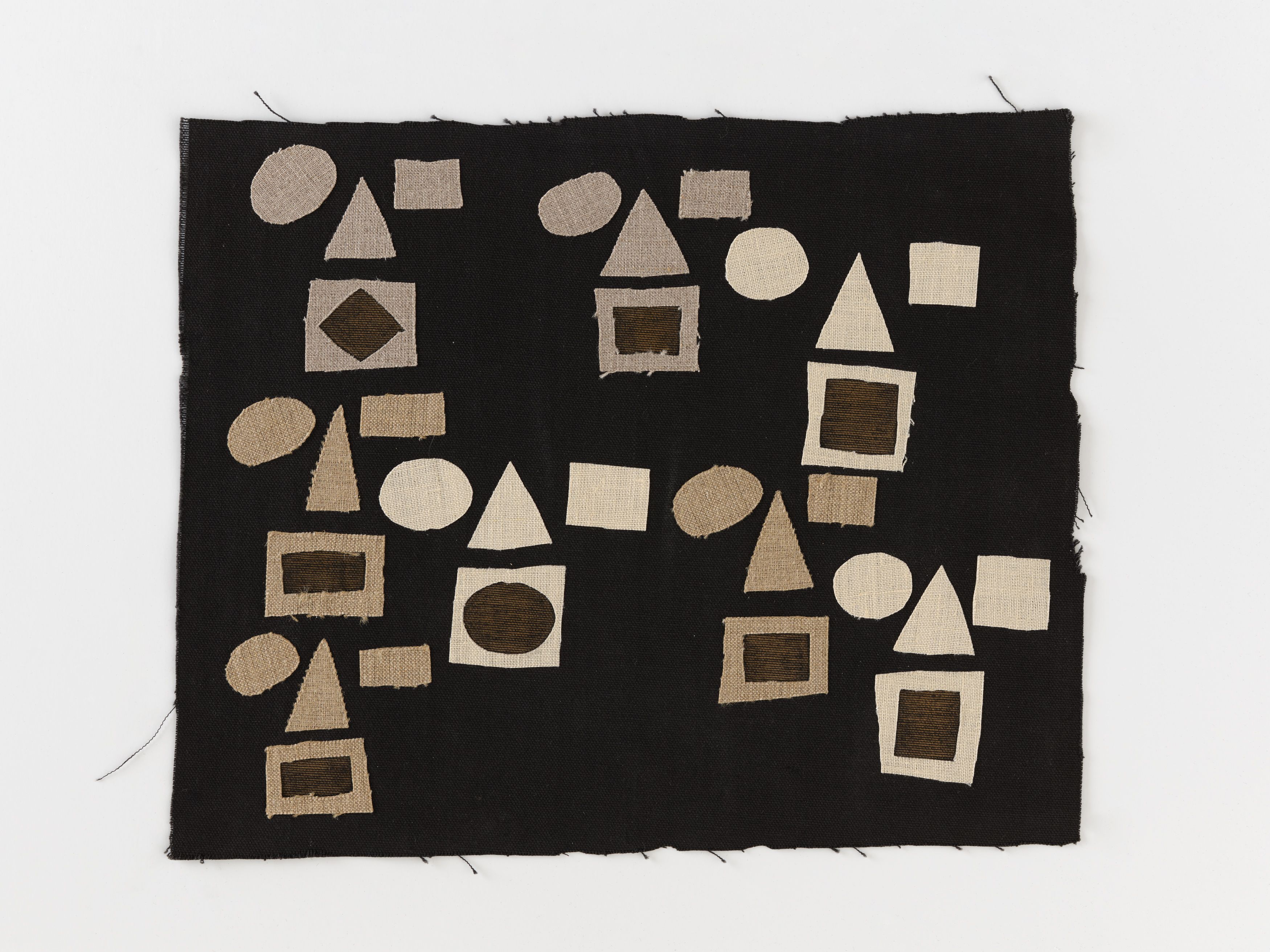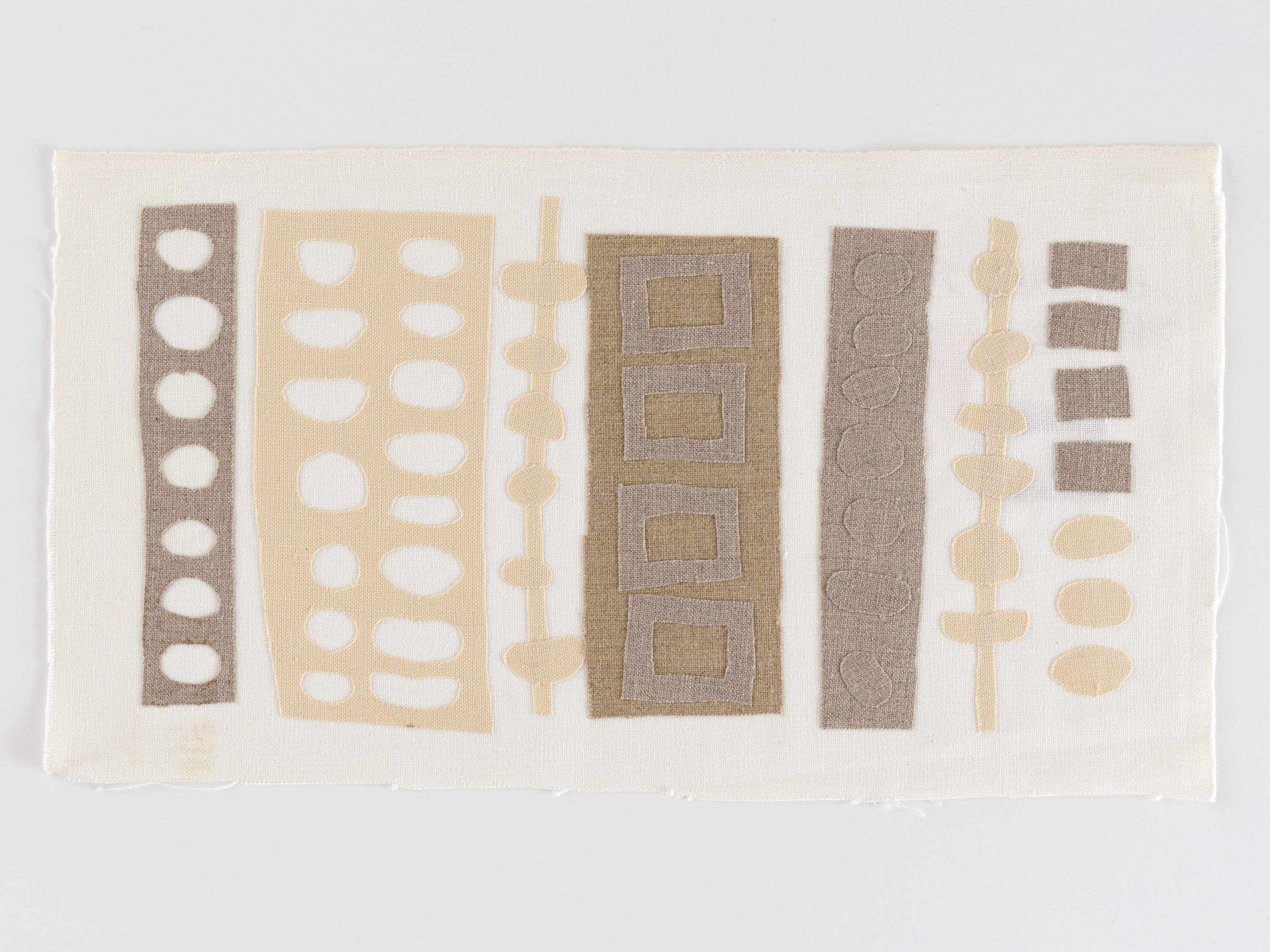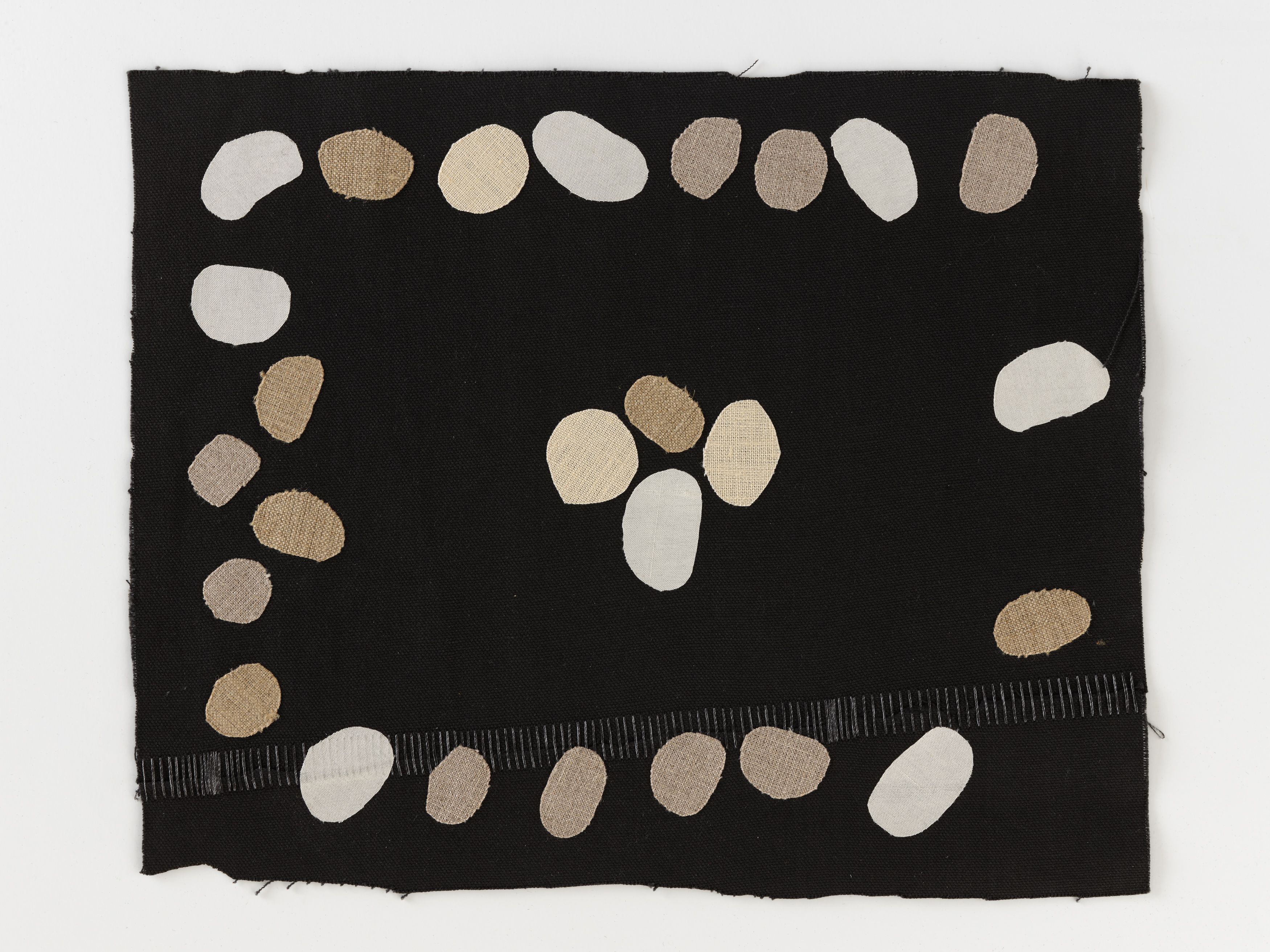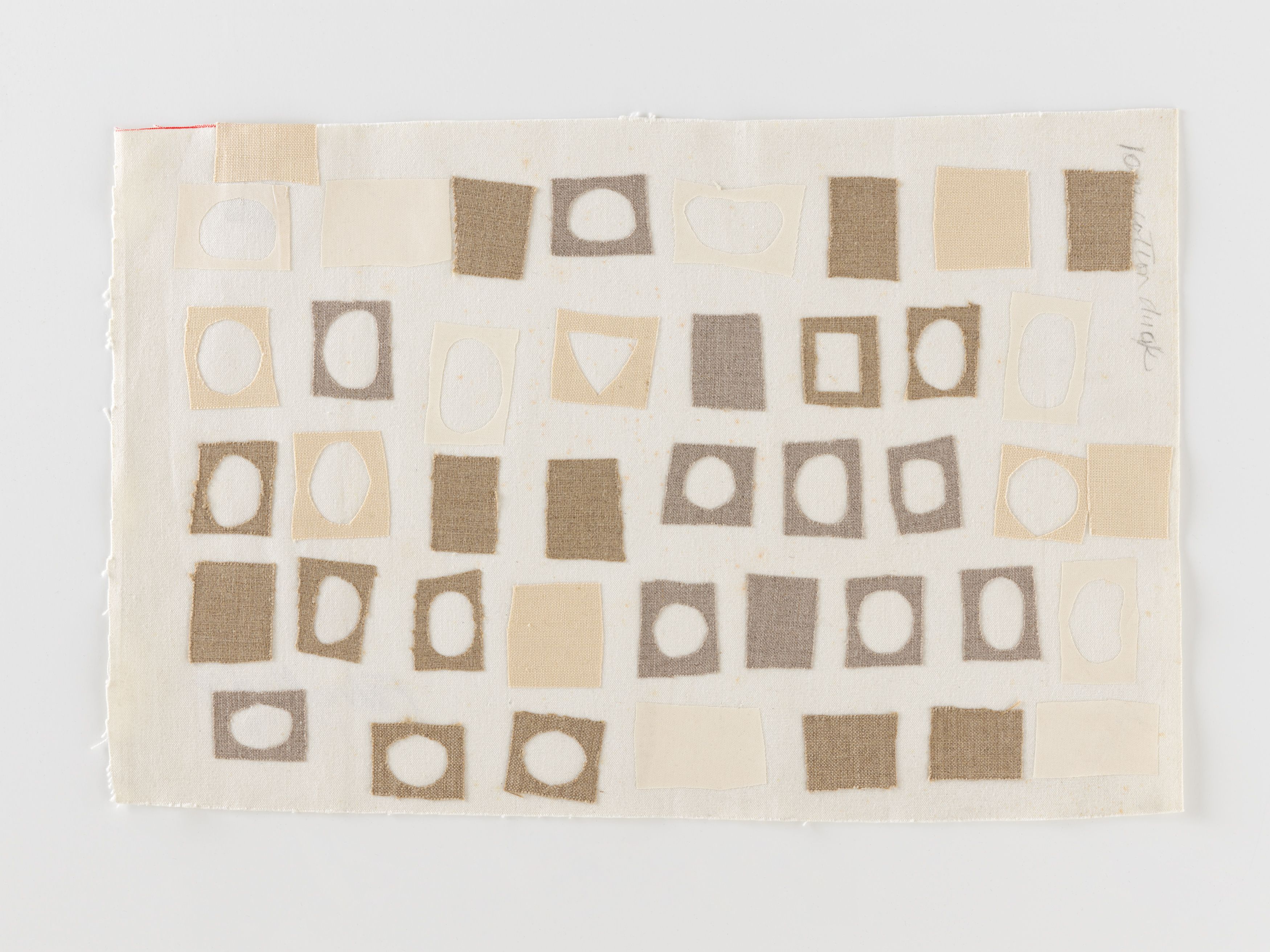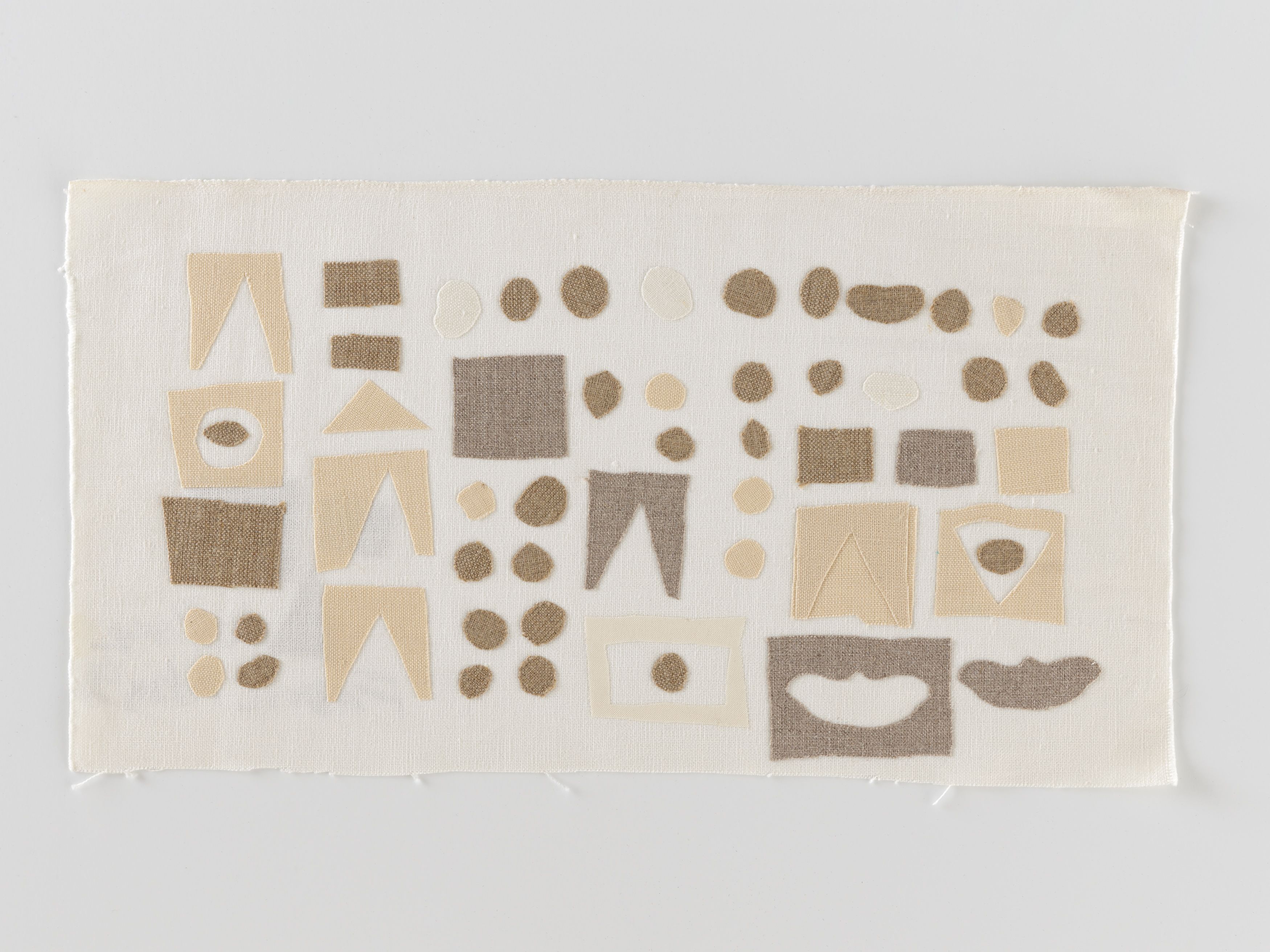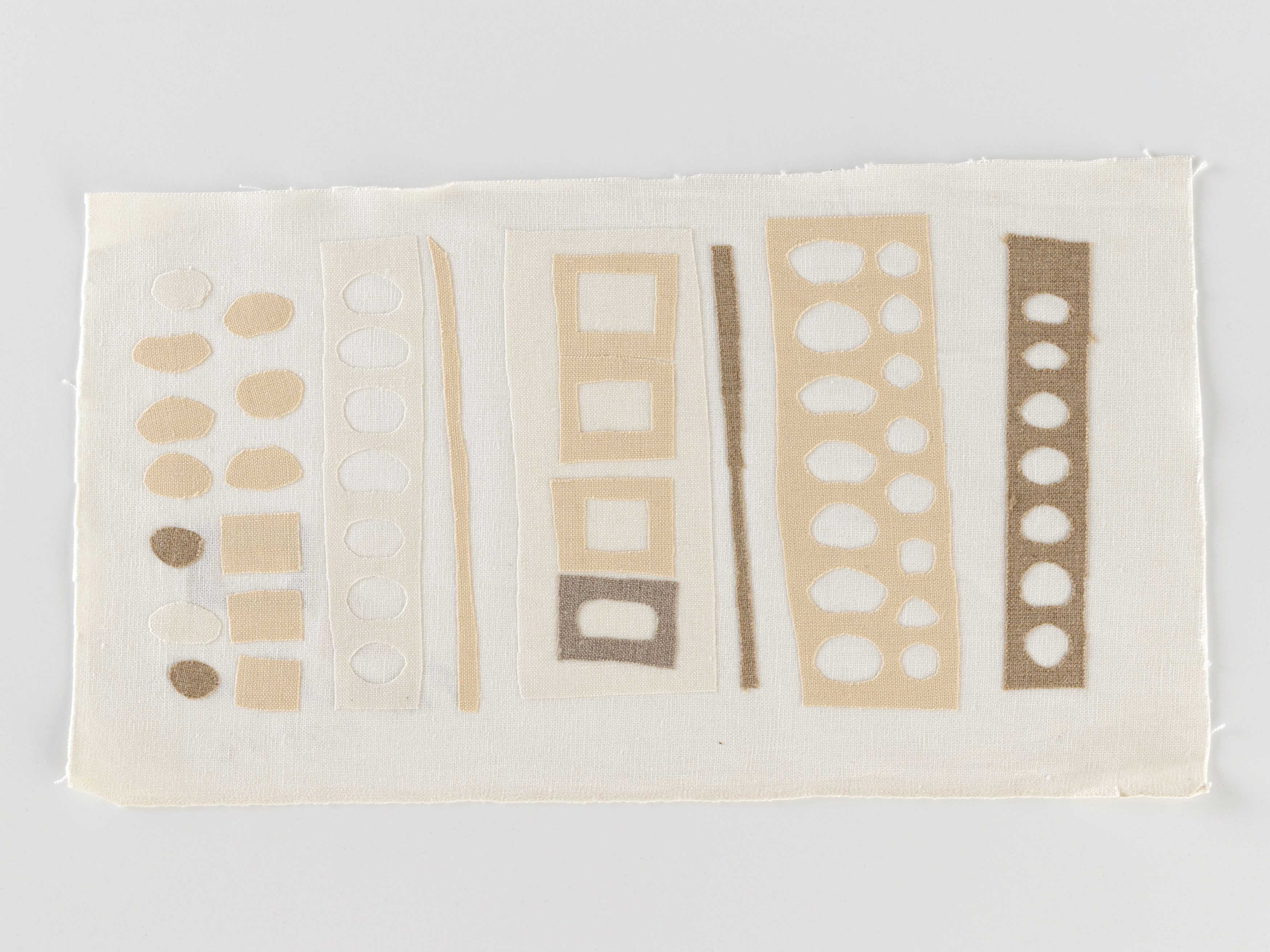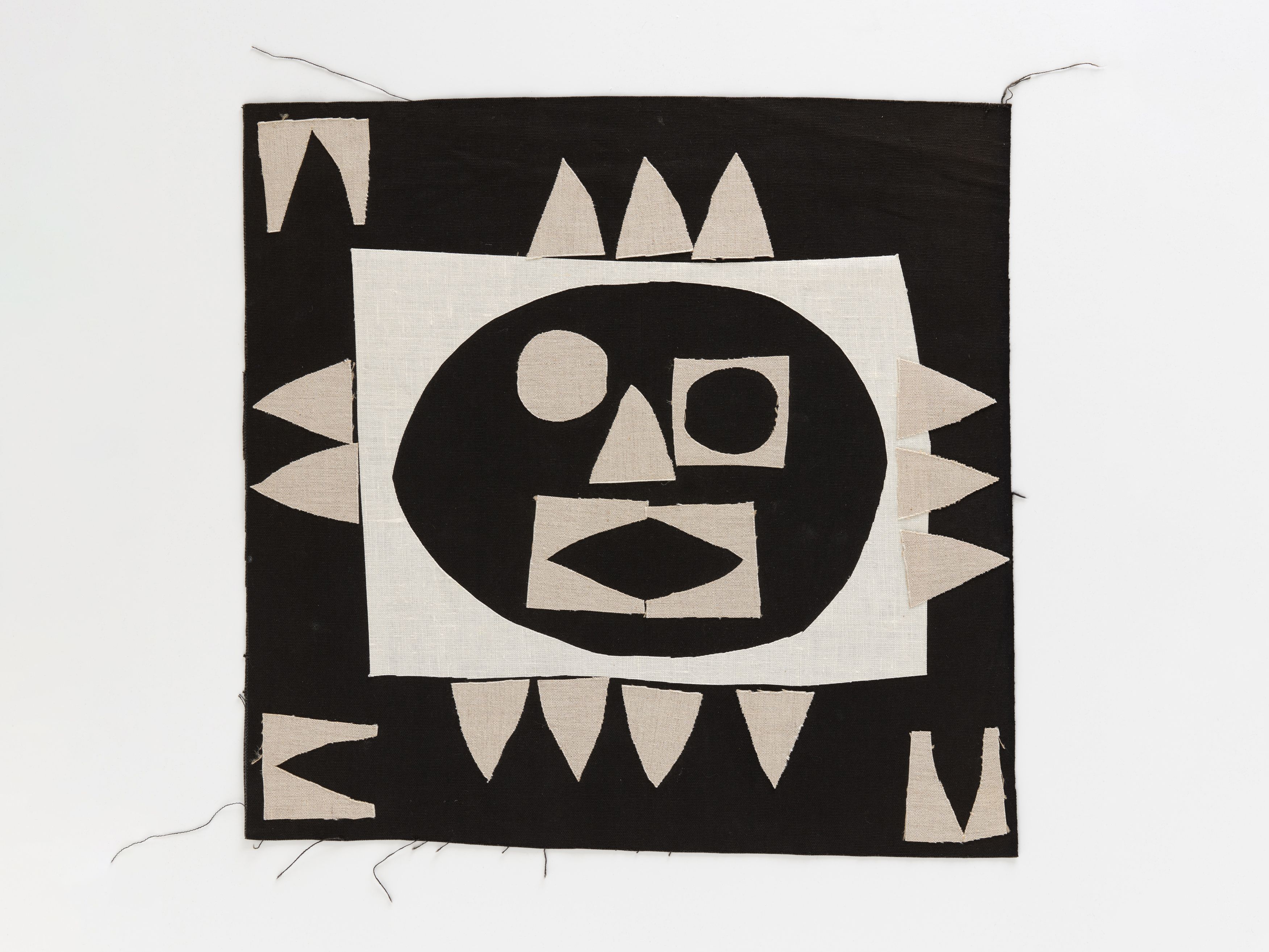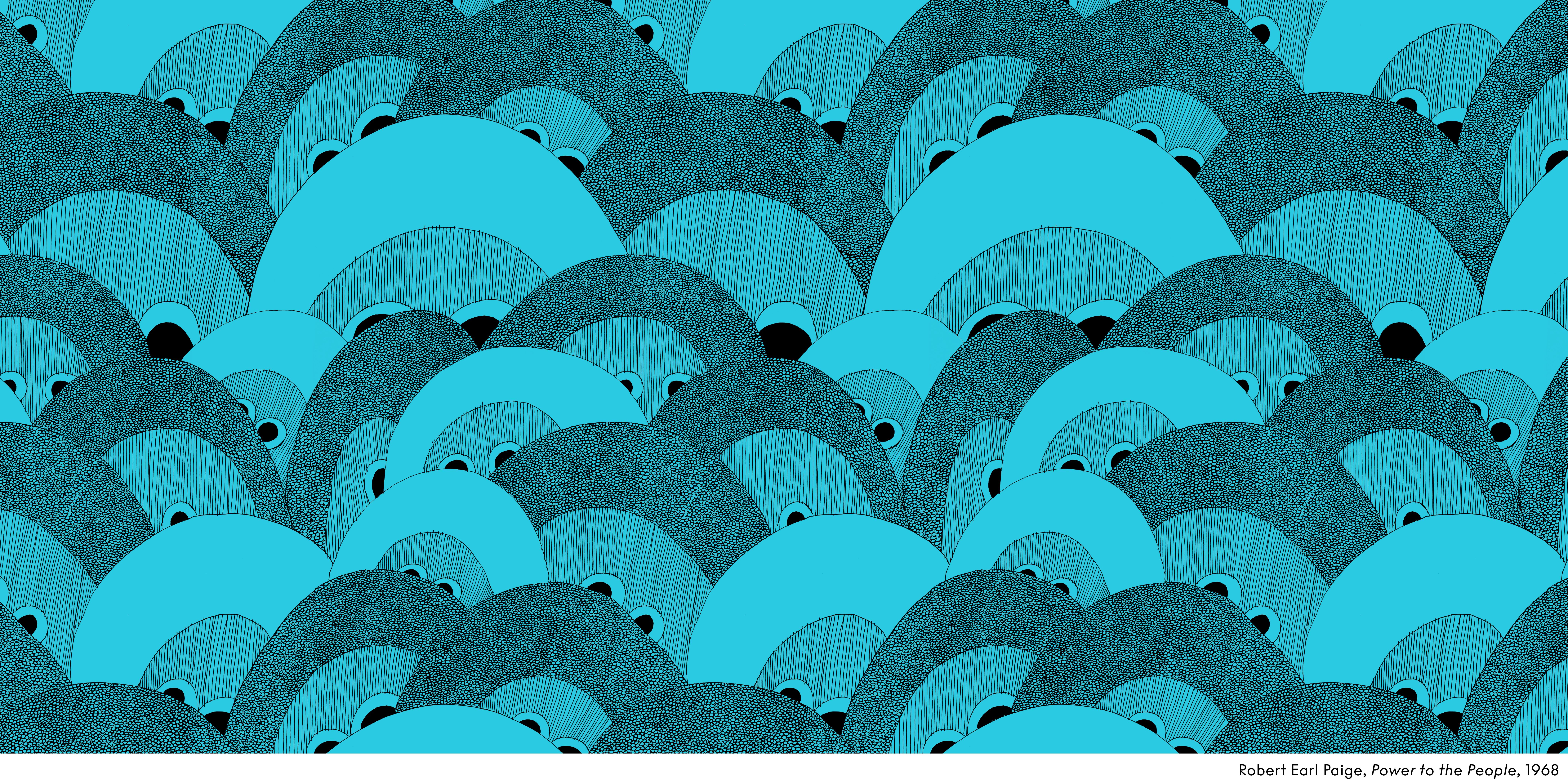
Robert Earl Paige: Power to the People
Installation Views
Artwork
“People talk about journeys, but I prefer to think about myself on a voyage, because I have calm days and then I have turbulent days, but I try to stay on this path of pursuit of beauty. I’m kind of an Artist Against Ugliness. I look at everything, you know, I look at the world and I think that hopefully you can rid ugliness with beauty. People need beauty, they need to be inspired. Beauty is a basic service” -Robert Earl Paige
Paige (b. 1936) remembers growing up in a city mapped by racial color lines: “When you talk about keeping me ‘in the loop’, you’re talking about downtown Chicago… and we were not permitted in downtown Chicago.” He lived this discrimination, but he refused to be defined by it. Nurtured by an innate sense of beauty and the creative energies of the South Side, Paige has spent his career creating the world he wants to see with a design practice that has become his own personal Gesamtkunstwerk — a ‘total work of art’ encompassing visual art, textile design, and, ultimately, life itself. For Paige beauty is inherently political, a means of overcoming the pain of slavery and segregation; a pathway to liberation for all who seek it.
His body of work is informed by influences as diverse as African American tradition in decorative arts (including blankets, quilts, graveyard ornaments 19th and early 20th century architecture of “Shotgun” houses), African art and textiles, Jazz music, and Bauhaus.
“When I think of who I am and what I do, I’m part of a tradition, an African American tradition in decorative arts.” -Robert Earl Paige
Since the mid-sixties, working within the groundbreaking Black Arts Movement and around Chicago’s renowned AfriCobra collective, Paige has brought his singular vision directly to the people through a democratic visual art practice that includes fabrics and textiles. The work reflects his potent ideas of beauty and reasons for making art that declares his politics, particularly as they relate to the history of civil rights and protest. His early work sought to deliver ‘freedom of the marketplace to all.’ The fabrics he designed were internationally lauded and found their way into homes around the world. Despite the originality and reach of his work Paige, now 86, describes himself as a Ghost Artist, because for most of his career this work was uncredited: “A lot of people were unaware, when they closed their curtains and climbed under the bedspread at night that they were living with a work of art.”
“Paige’s work is important for his masterful use of both historical and contemporary African American art references and as well as its respectful and expansive use of international influences, particularly those from the continent. His inspirations are still fueled by a combination of the kind of artistic experimentation, creativity and political activism that is just as important and relevant now as it was at beginning of his career. And his choices of mediums and materials have created a kaleidoscopic, powerful, potent and democratic body of work that feed the eye and stirs the soul.” — Duro Olowu
Salon 94 Design is proud to present Robert Earl Paige: Power to the People, the artist’s first solo exhibition in New York City, curated by Duro Olowu.
The exhibition includes Paiges’s textile design, glazed ceramics, collage, and etchings. As a backdrop, Olowu’s other curatorial interventions reflect the artist’s myriad of artistic influences and approach to making. Including a site specific mural by Olowu created as an homage to Paige using the artists iconic patterns and motifs.
Press
Vogue
Architectural Digest
T Magazine
